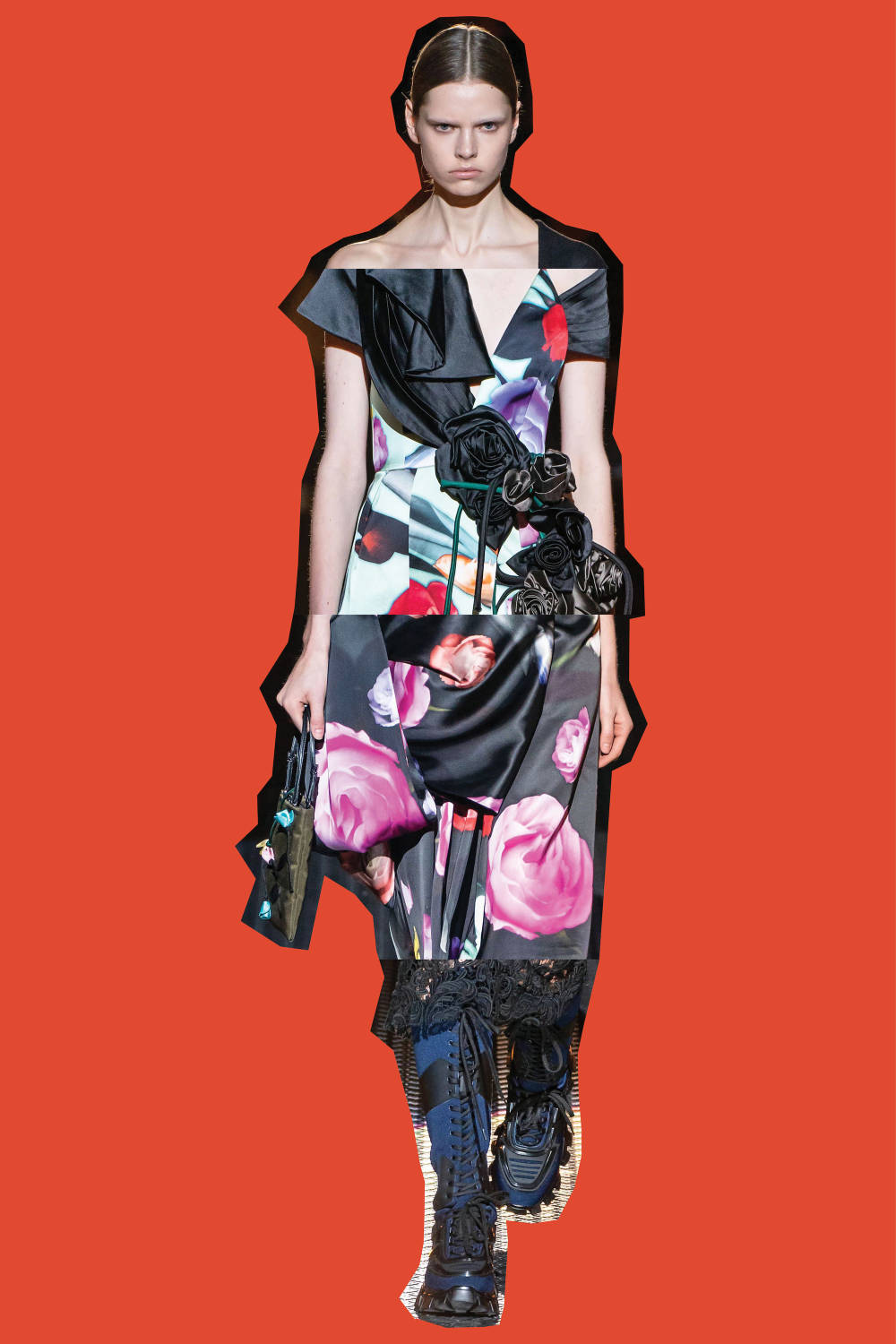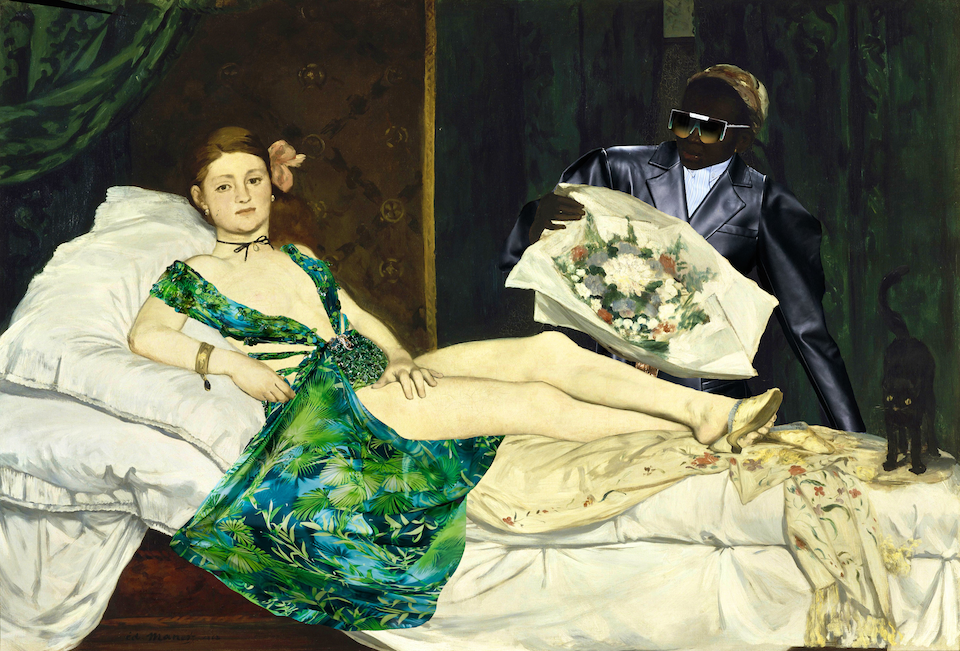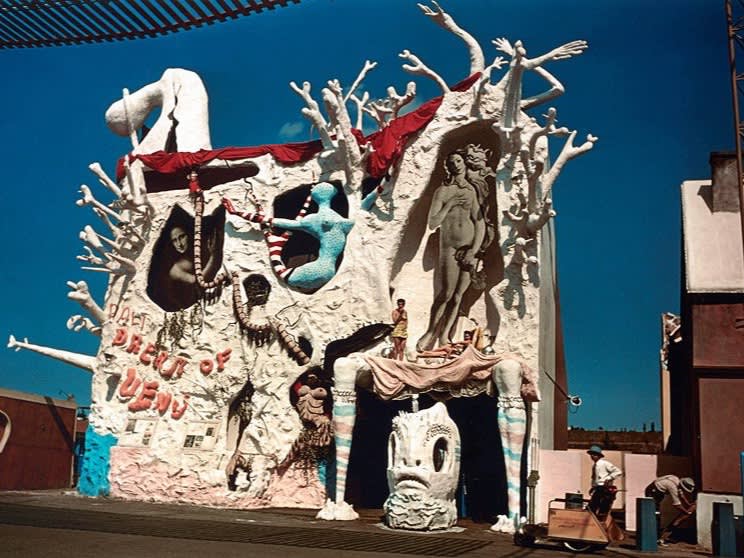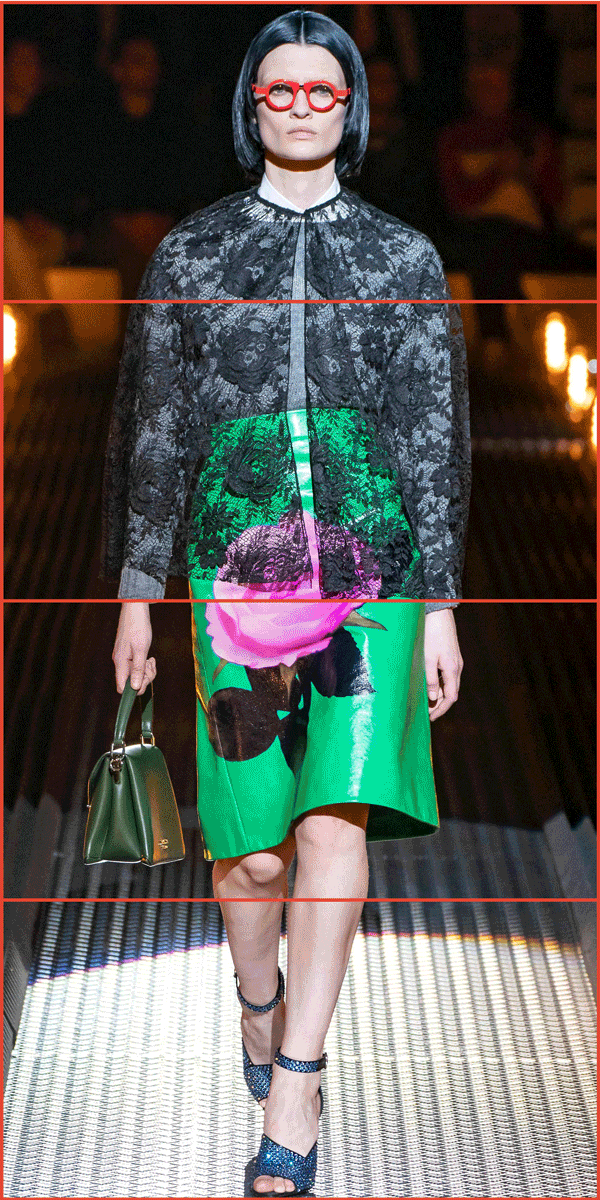
Prada
Fall/Winter 2019
The seemingly simple “game” is in fact a radical mode of creativity: it decentralizes & distributes authorship, introducing chance & surprise as key elements — analog generative art.
Decentralized Art
The creative technique known as Exquisite Corpse — or Exquisite Cadaver — refers to a method by which words or images are collectively assembled by a group of collaborators. Each participant, unaware of what’s been drawn prior, adds to a composition in sequence until the work is complete.
No one person knows the whole until the end — at which point the artists are no longer artists but have become viewers along with everybody else. It’s a kind of generative art as it introduces chance as a driver of the creative process, decentering the artist as master. As the creative process is distributed among multiple “artists,” no one is the artist, no one the master, in a game of Exquisite Corpse.
At mmERCH, we’ve never stopped playing.
A Brief History: From Surrealism to Children’s Games
Max Morise, Man Ray, Yves Tanguy, and Joan Miró
Exquisite Corpse, 1927
Man Ray, André Breton, Yves Tanguy, and Max Morise
Exquisite Corpse, 1928
Man Ray, Joan Miró, Yves Tanguy, and Max Morise
Exquisite Corpse, 1928
André Breton, Yves Tanguy, and Jacqueline Lamba
Exquisite Corpse, 1938
Victor Brauner, Jacques Hérold, Violette Hérold, Yves Tanguy, and Raoul Ubac
Exquisite Corpse, 1938
André Breton, a French writer and principal founder of the Surrealist movement, reported that this playful and enriching game was developed around 1925 at a friend’s residence on the outskirts of Paris. Similar to an old parlor game known as Consequences in which players take turns writing on a piece of paper, concealing their text and passing the sheet along to the next player for further contribution, Exquisite Corpse evolved from this concept and was adapted to include drawing and collage. This creative pastime became a favorite amongst artists such as Yves Tanguy, Marcel Duchamp, Joan Miró and Man Ray, often partaking in this group activity during surrealist gatherings at French cafés throughout the 1920s and 30s.
While the Exquisite Corpse technique famously evolved into “mix and match” games played by children — often seen in books in which pages are cut into thirds or fourths, allowing for the playful mixing of images and objects — elements of this creative methodology permeated the art world throughout the 20th century. We see similar uses of this method in Andy Warhol’s Female Movie Star Composite drawings from the 1960s, as well as through the work of Jean-Paul Goude, a photographer whose post-modern images of exaggerated scale and proportion seek influence from the Exquisite Corpse methodology.
Chance as Collaborative Fashion Designer Exquisite Corpse may rely on chance but it’s not about creating any image whatsoever. As Francis Bacon said about his own creative process, the goal is to use chance. “I want a very ordered image,” Bacon said, “but I want it to come about by chance.” It’s about introducing chance into the process in order to take us — both artist and viewer — astray of ourselves and our inherited thinking.
It’s not about being random. It’s about creating hedges, guardrails, and rulesets that collaborate with chance in order to create compositions no single person could ever have imagined — but that are still compositions. Exquisite Corpse, after all, is bound by the materials used, usually paper and ink, as well as by simple rules that help ensure the resultant drawings are more or less coherent.
The trick in applying generative design to fashion, then, is to create parameters that keep the output something wearable — as Bacon might say, a very ordered item that came about by chance. These parameters can shift based on how outlandish you want to be. Perhaps you begin with a silhouette and, maybe, a fabric. You can then predetermine traits — pockets, hoods, bands — to ensure there aren’t, say, 28 pockets on a hood or no bands whatsoever. This fine tuning of parameters and rules is constitutive of the creative process.
As with Exquisite Corpse, algorithmically generated fashion is decentralized. There’s no one person, no star designer, at the center. The new “fashion designer” — which could be any single person but could also be some assemblage of people — curates inputs such as patterns and fabrics. Someone writes the code which distributes inputs according to a ruleset that includes an assignation of rarity, among other things. You hit “enter” and, voilà, out comes a stream of singular designs co-created with chance.
There are countless implications for everything from ideation and design to manufacturing and retail to the wearer’s relationship with their attire. But, for now, we’ll just say we love the play of generative design and are excited to see where it takes fashion in the future.
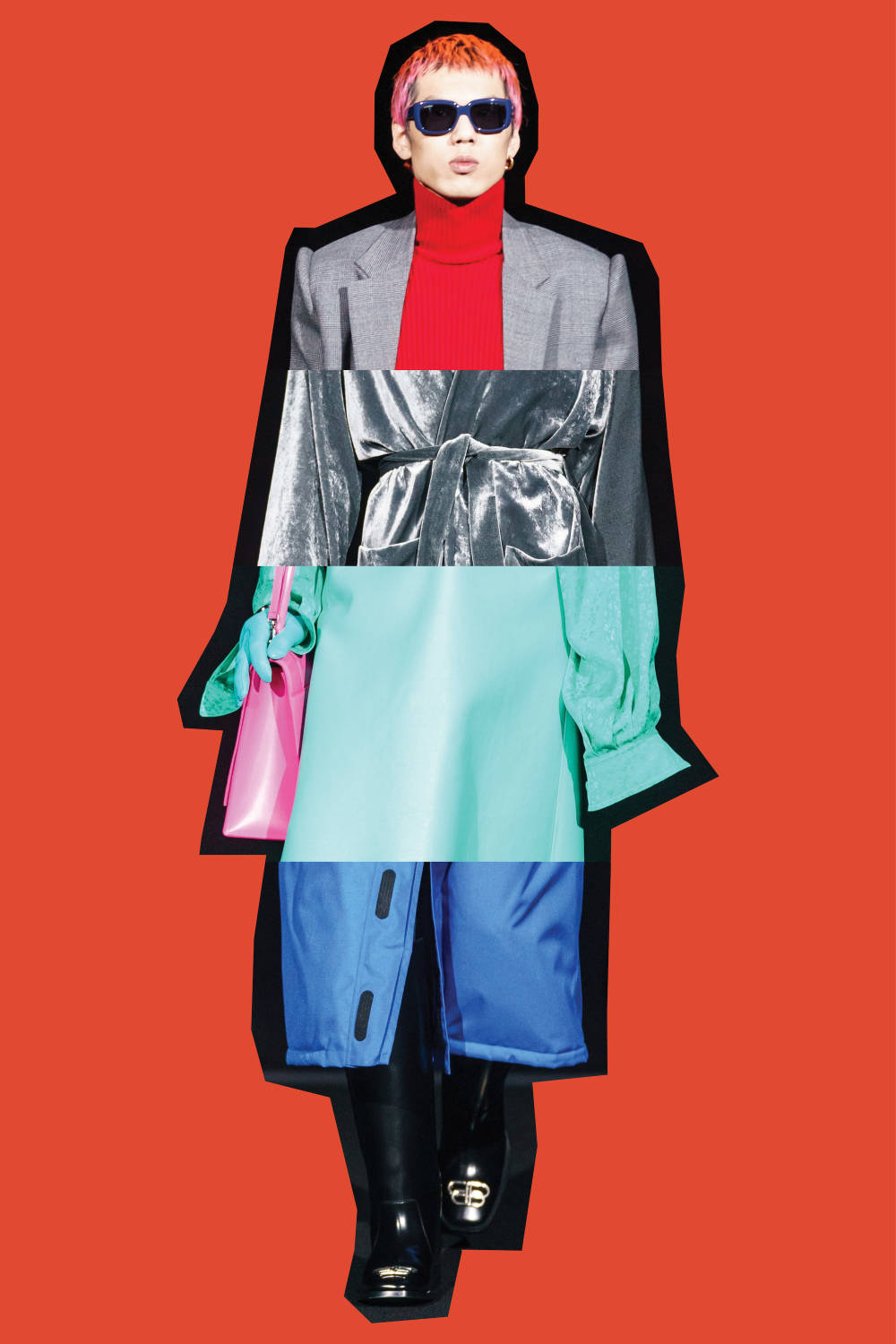
Balenciaga - Fall/Winter 2019
From Top: Look 6, Look 90, Look 53, Look 71
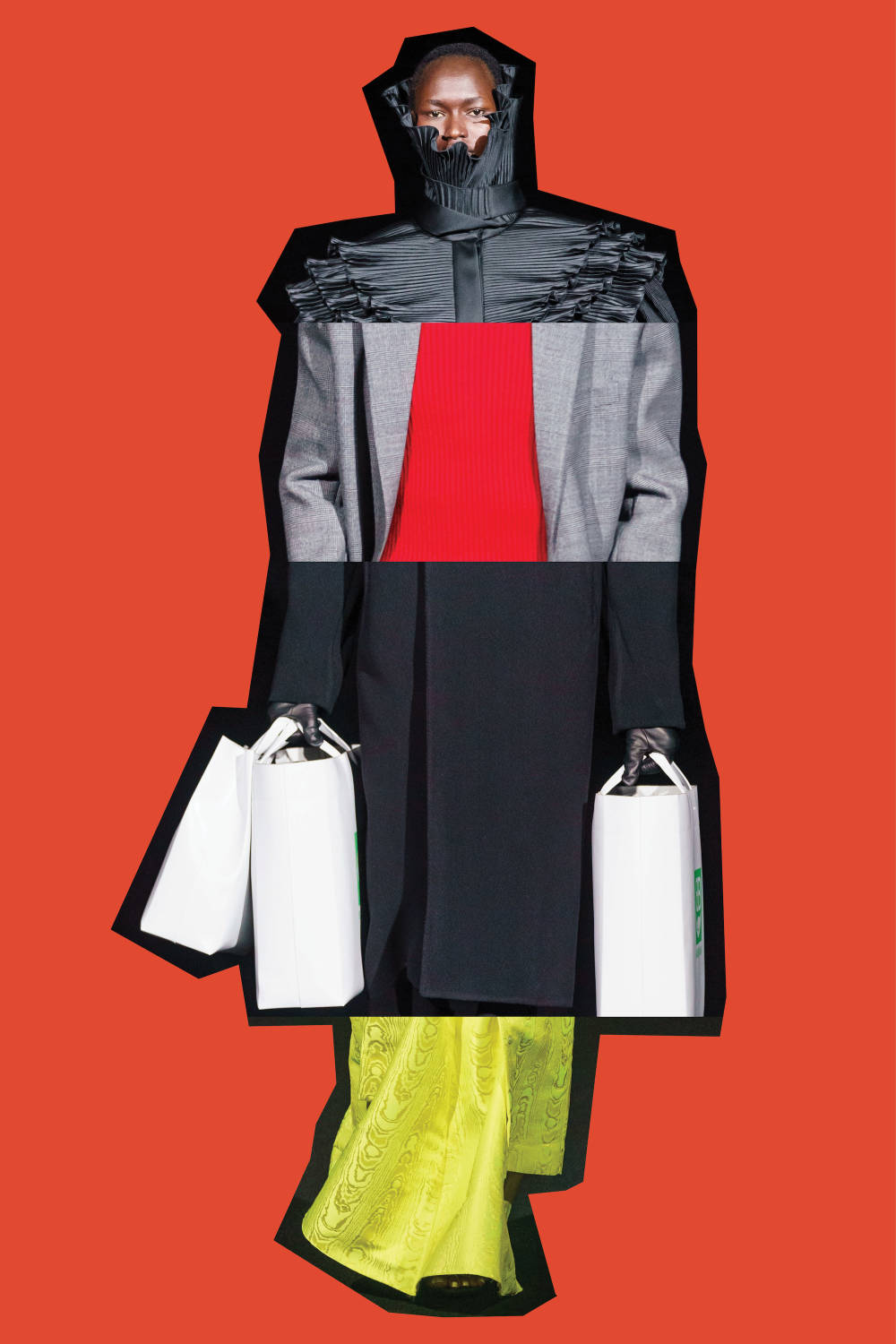
Balenciaga - Fall/Winter 2019
From Top: Look 68, Look 6, Look 25, Look 95
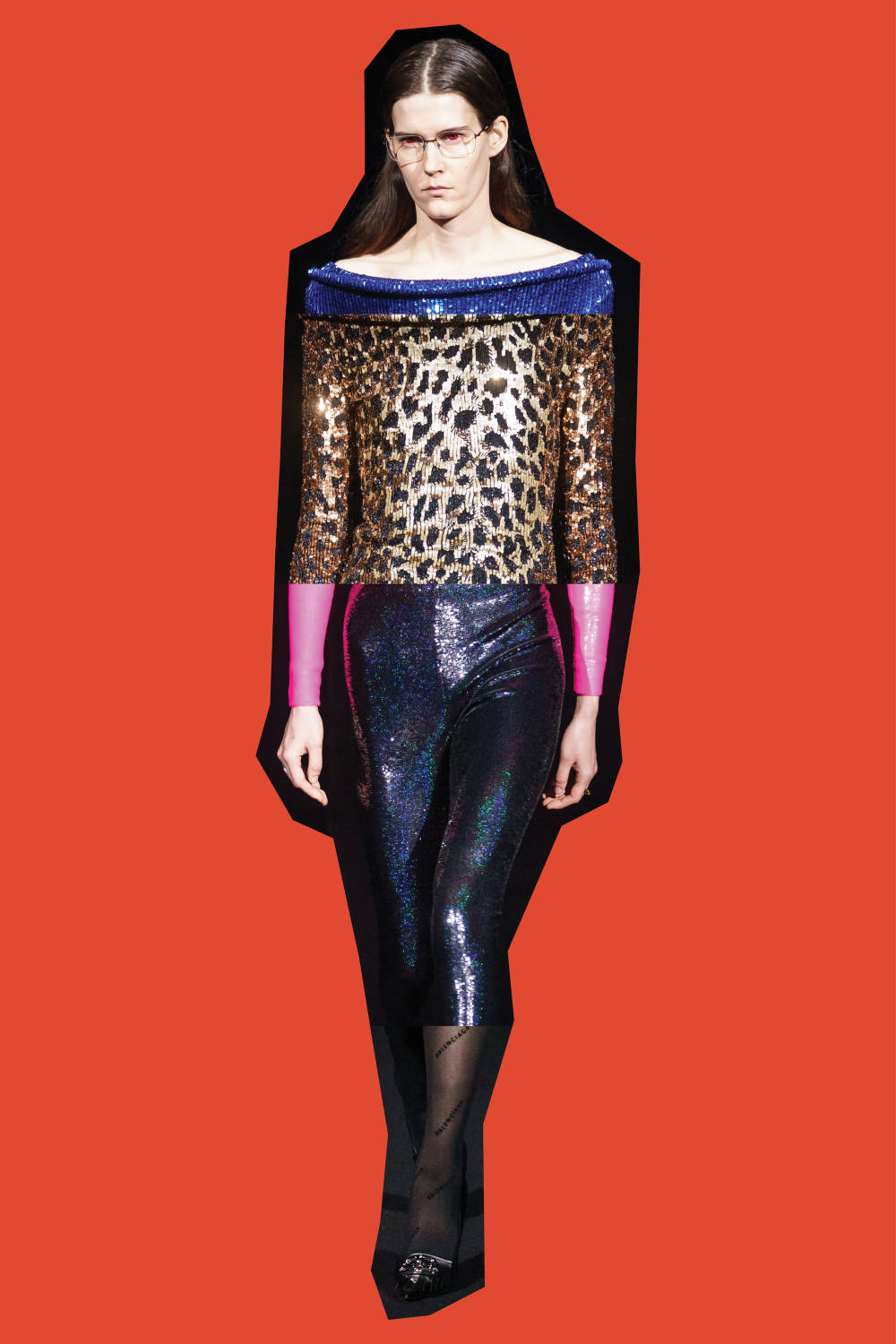
Balenciaga - Fall/Winter 2019
From Top: Look 109, Look 105, Look 108, Look 49
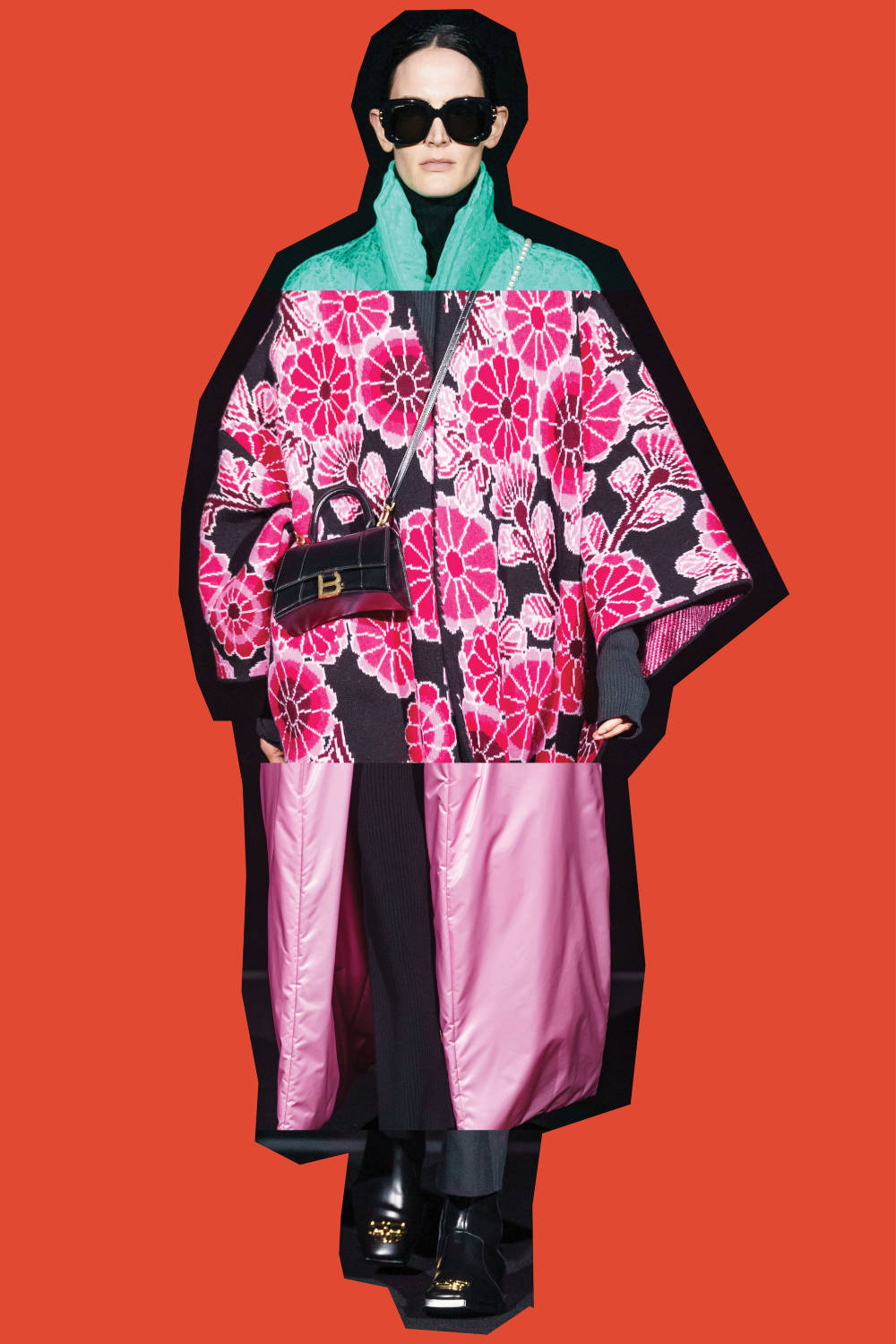
Balenciaga - Fall/Winter 2019
From Top: Look 83, Look 86, Look 85, Look 25
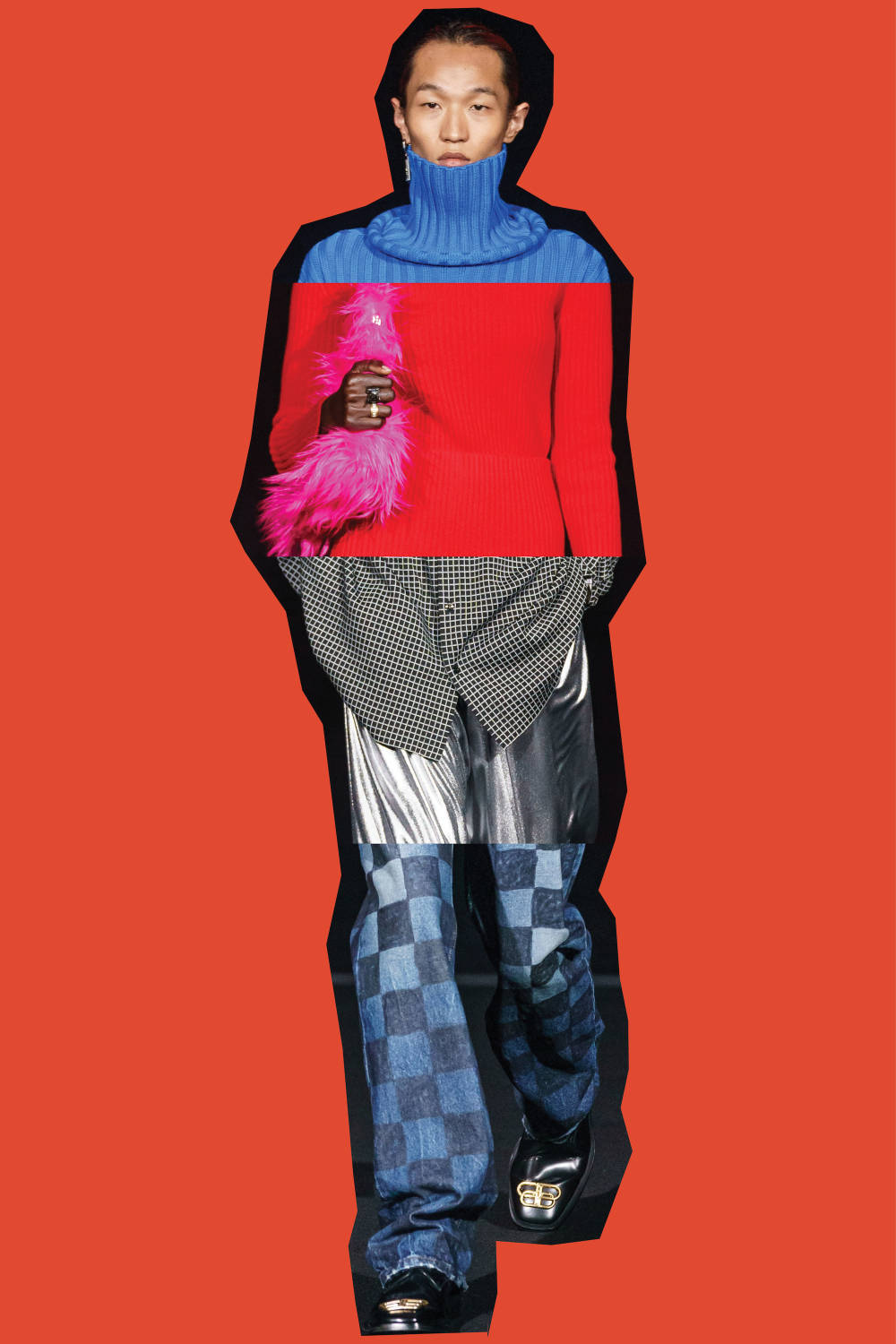
Balenciaga - Fall/Winter 2019
From Top: Look 55, Look 80, Look 94, Look 8
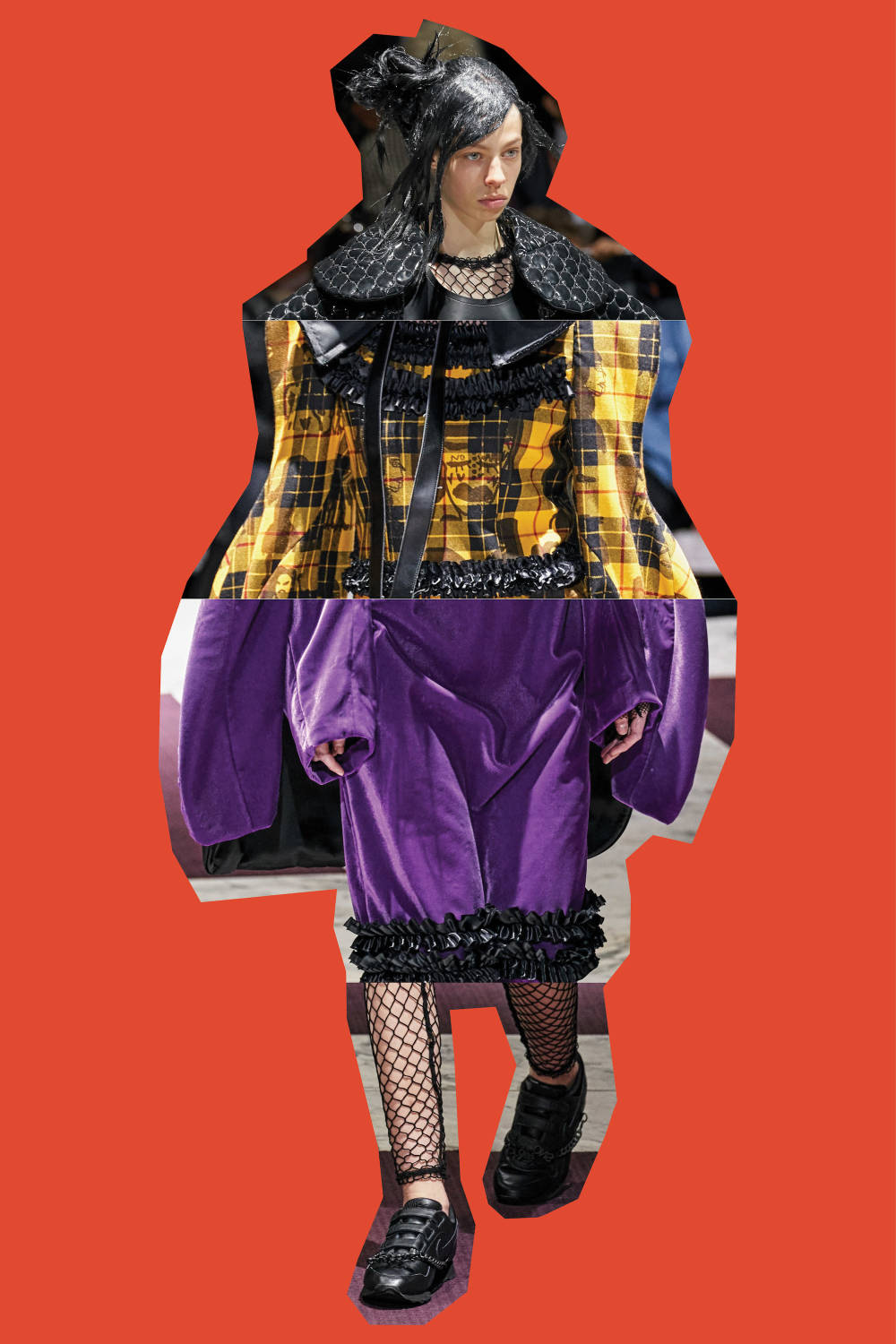
Comme des Garçons - Fall/Winter 2019
From Top: Look 3, Look 27, Look 20, Look 17
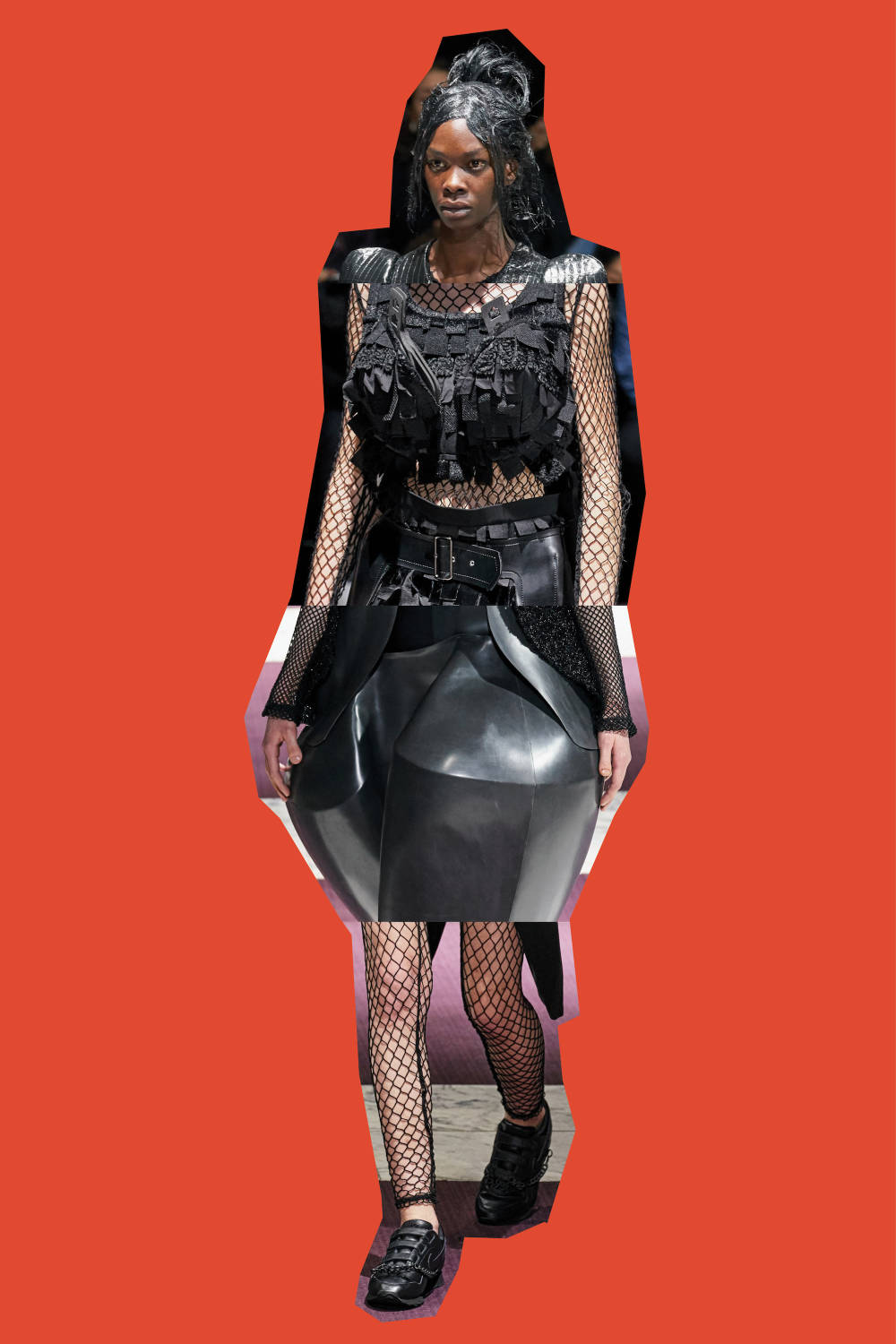
Comme des Garçons - Fall/Winter 2019
From Top: Look 1, Look 30, Look 8, Look 17
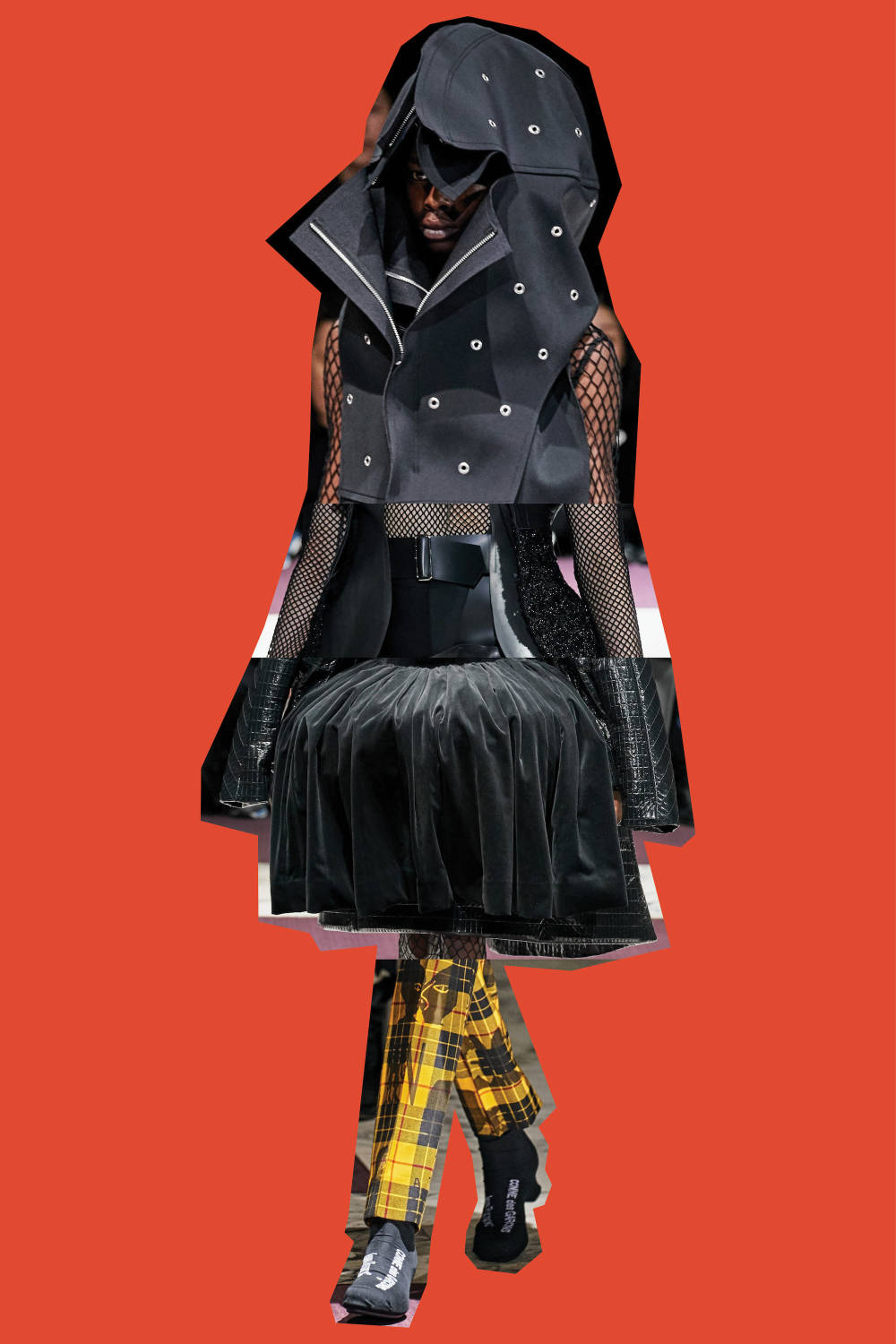
Comme des Garçons - Fall/Winter 2019
From Top: Look 19, Look 8, Look 1, Look 24
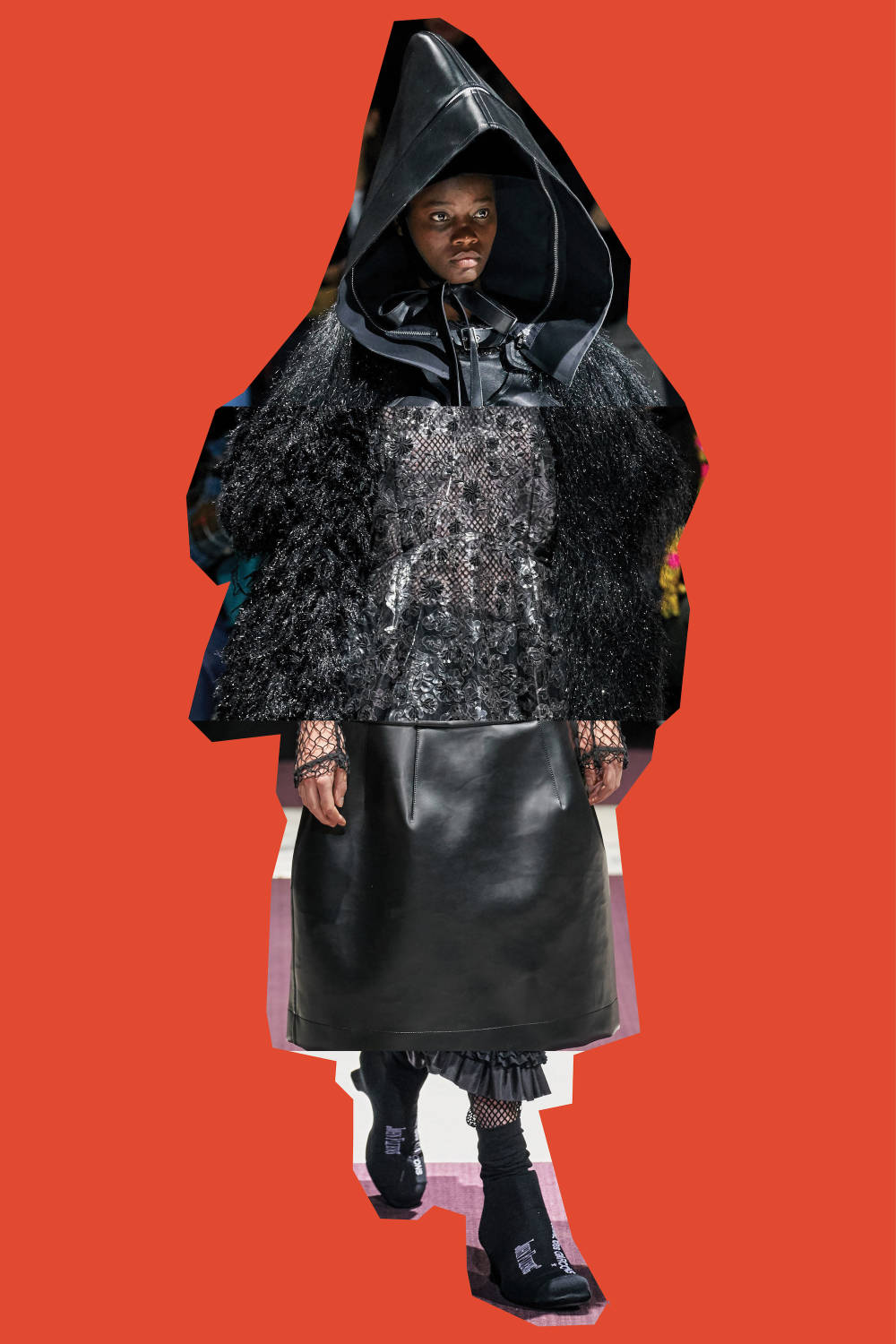
Comme des Garçons - Fall/Winter 2019
From Top: Look 9, Look 18, Look 3, Look 32
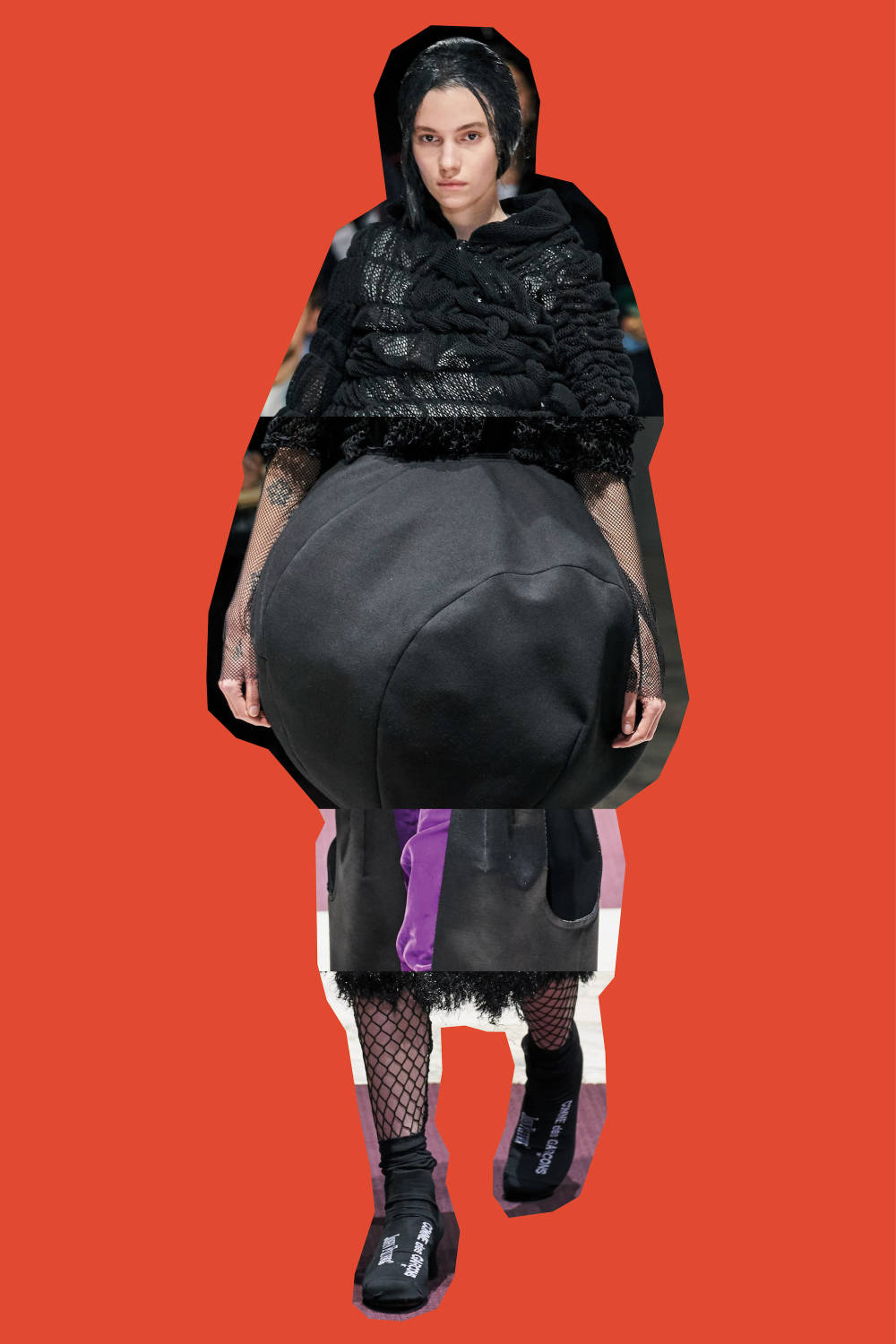
Comme des Garçons - Fall/Winter 2019
From Top: Look 13, Look 7, Look 10, Look 2
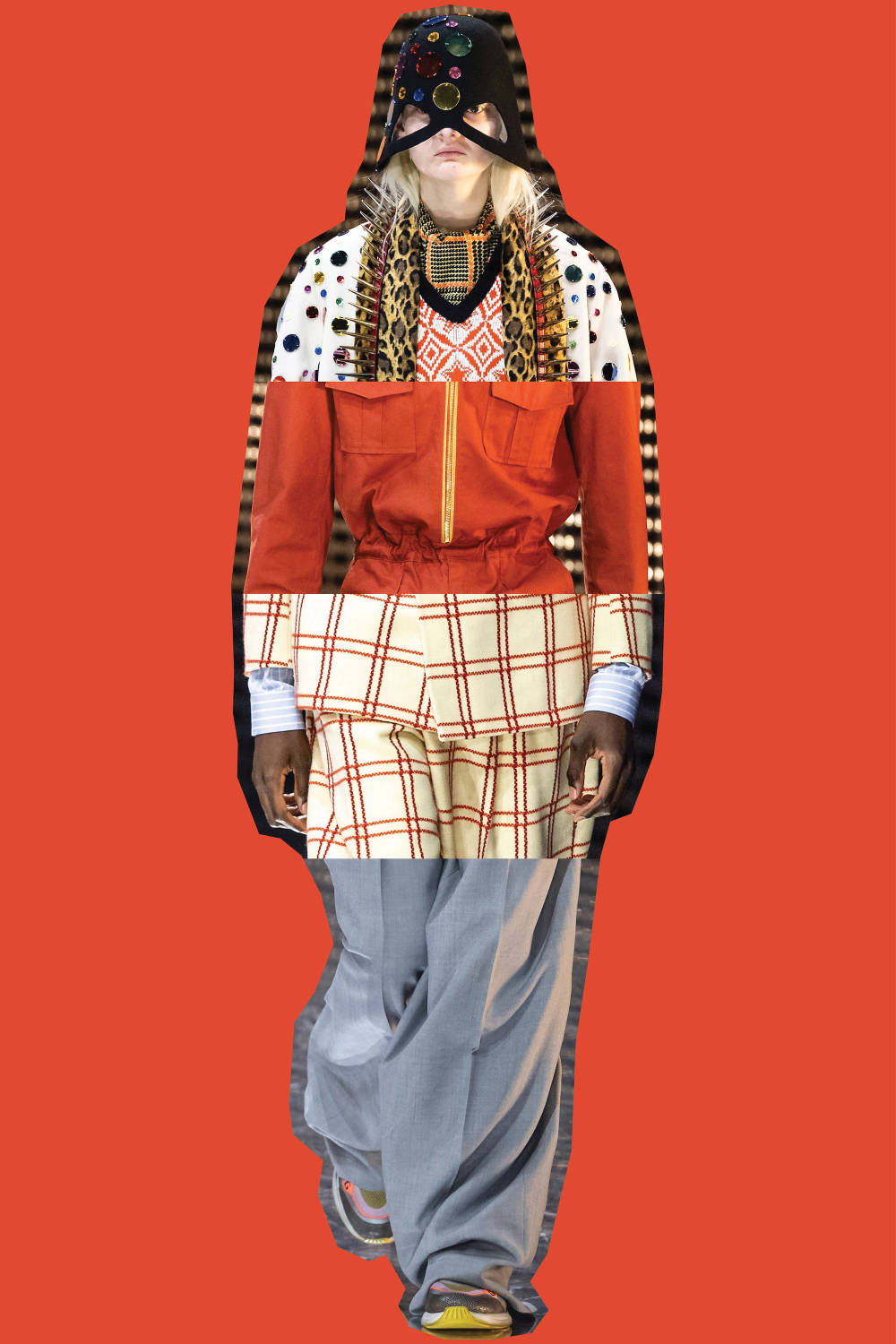
Gucci - Fall/Winter 2019
From Top: Look 84, Look 65, Look 52, Look 7

Gucci - Fall/Winter 2019
From Top: Look 58, Look 34, Look 38, Look 78
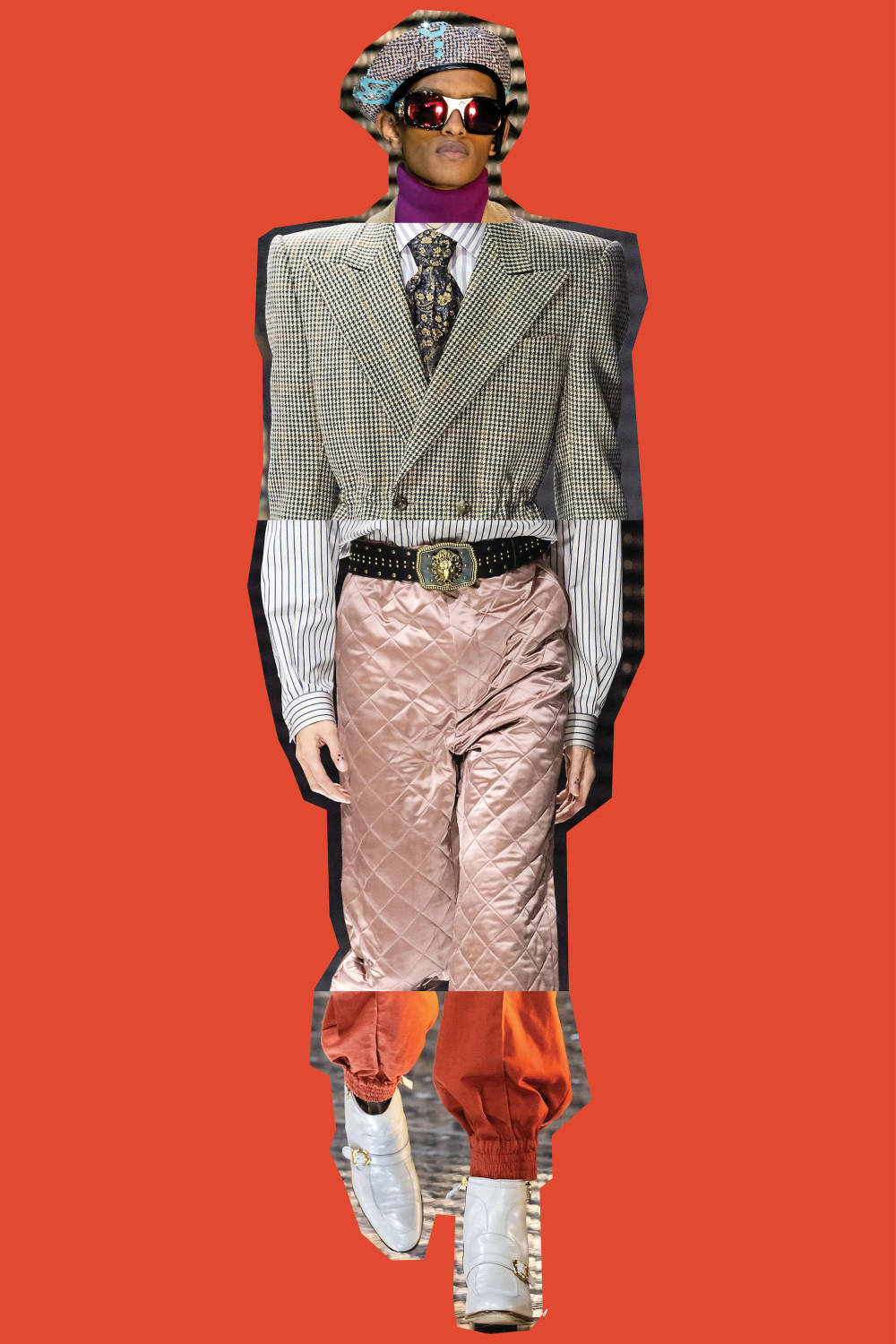
Gucci - Fall/Winter 2019
From Top: Look 45, Look 3, Look 15, Look 65
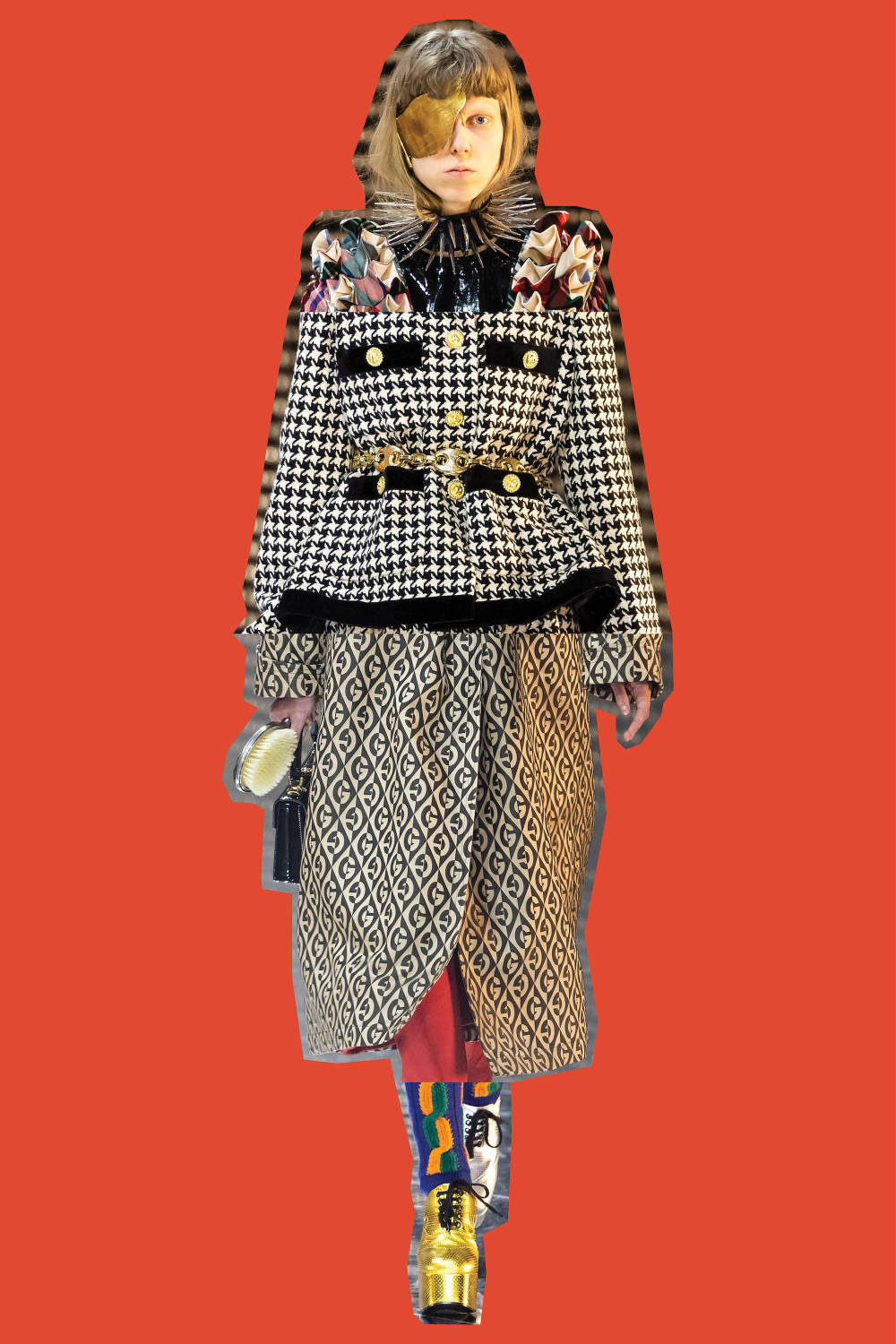
Gucci - Fall/Winter 2019
From Top: Look 23, Look 21, Look 1, Look 14
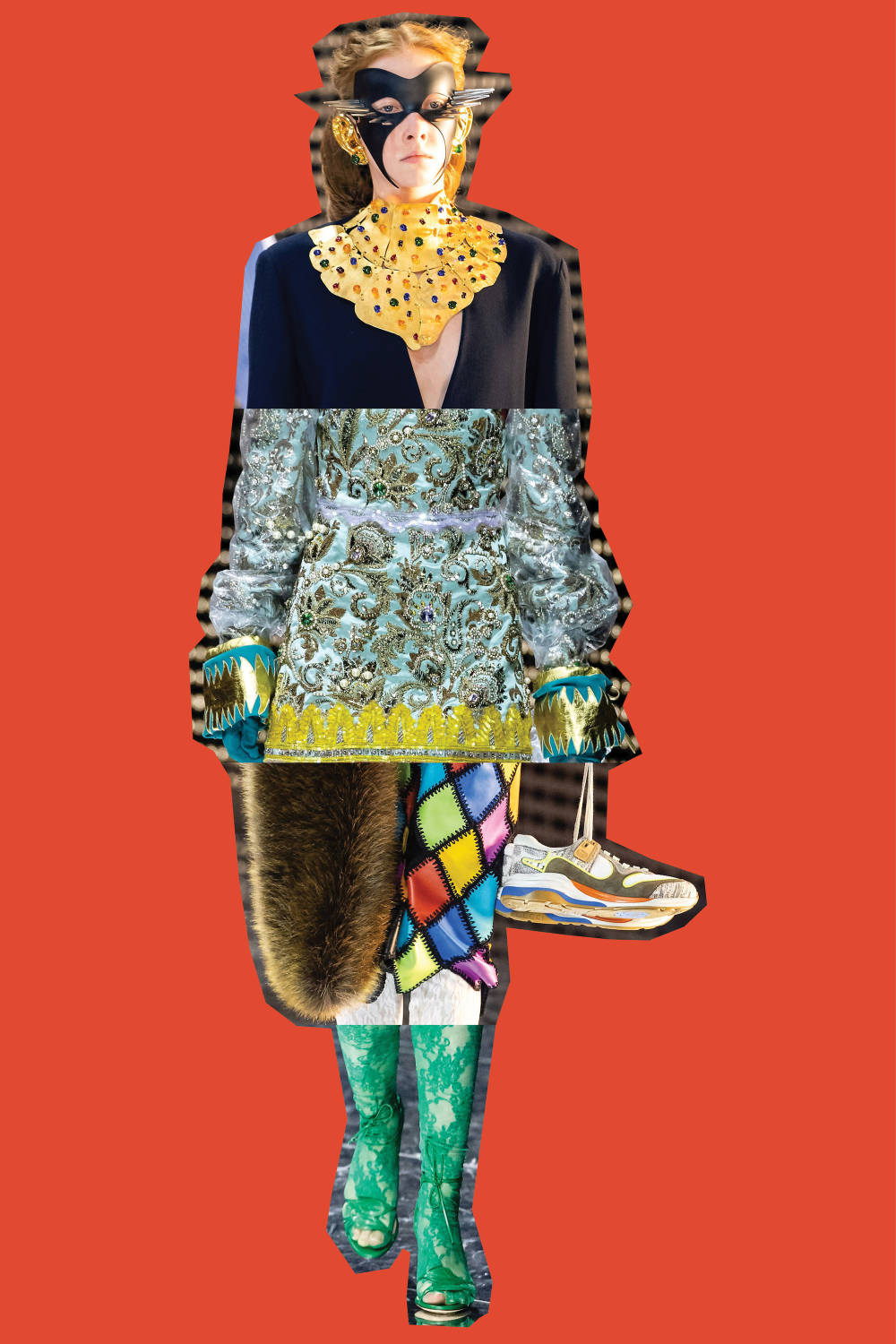
Gucci - Fall/Winter 2019
From Top: Look 73, Look 29, Look 80, Look 40
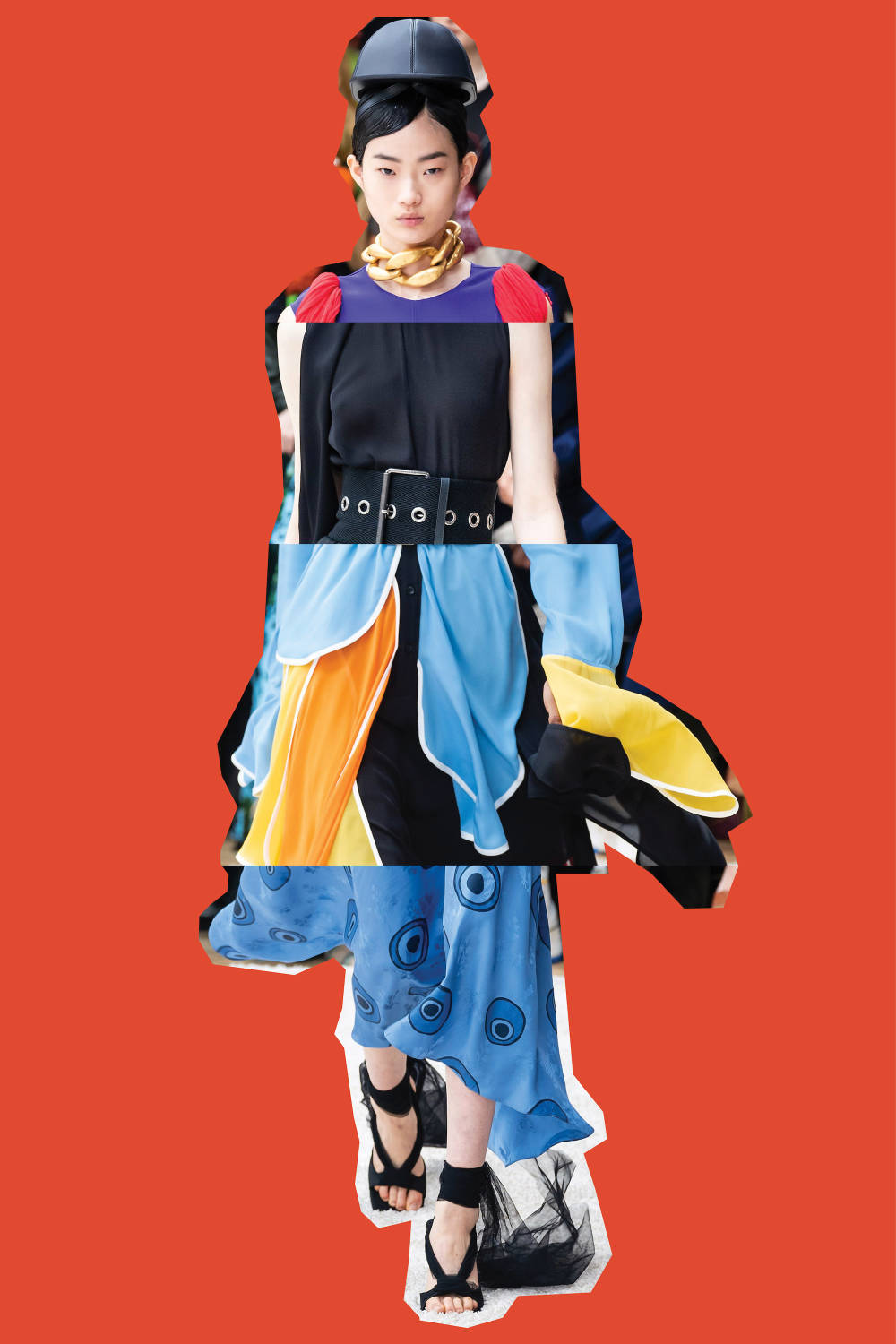
JW Anderson - Fall/Winter 2019
From Top: Look 12, Look 29, Look 18, Look 33
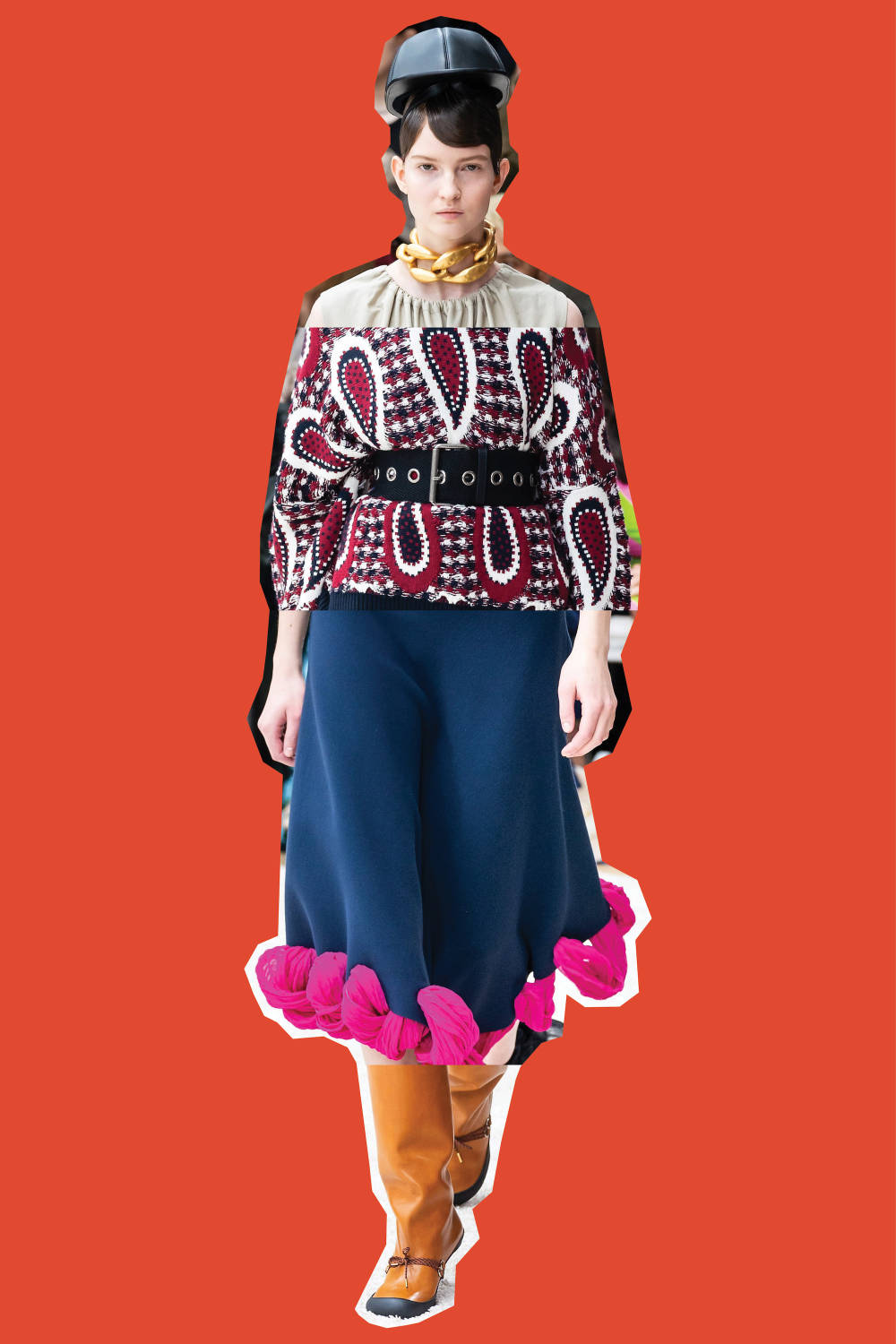
JW Anderson - Fall/Winter 2019
From Top: Look 10, Look 31, Look 11, Look 22
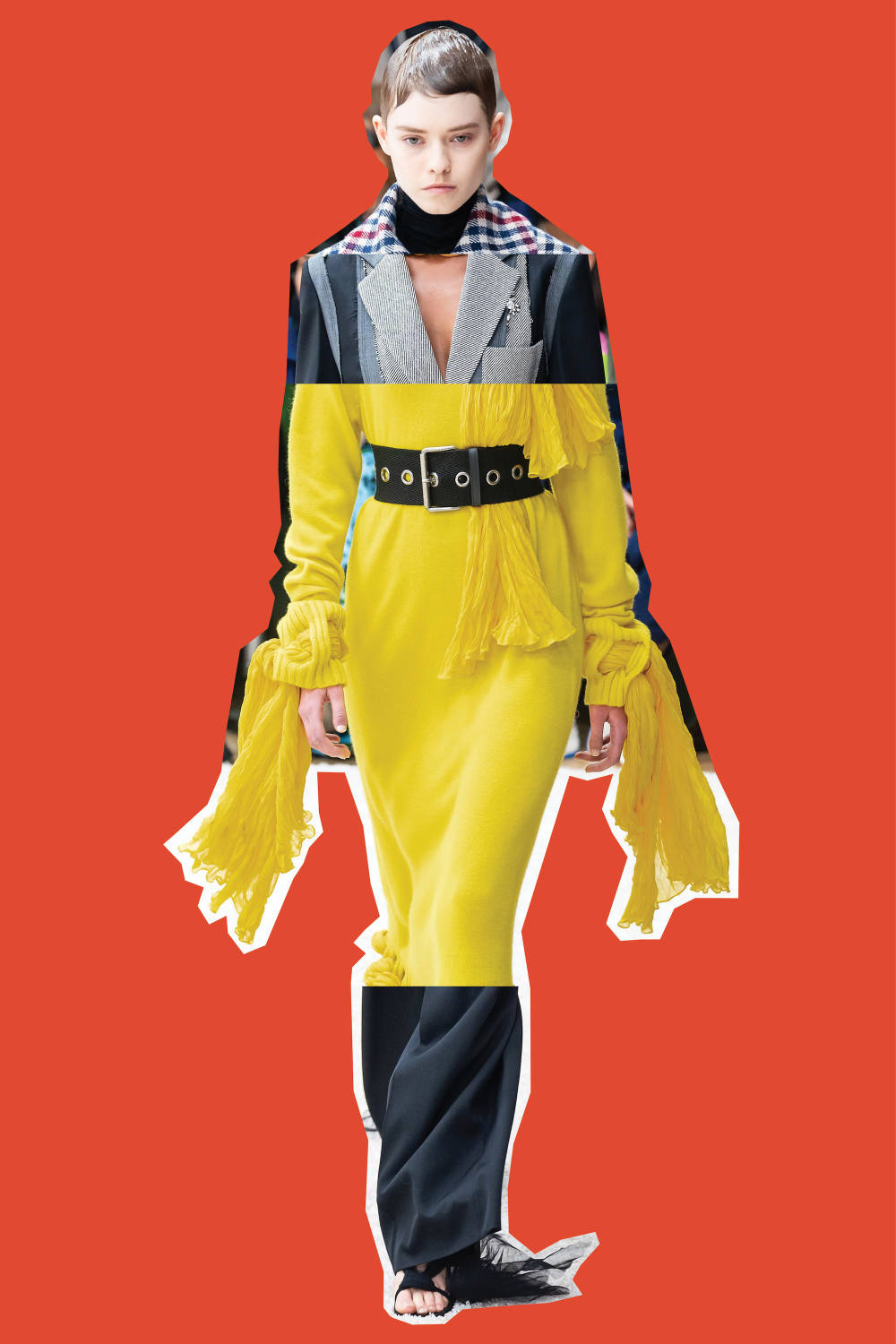
JW Anderson - Fall/Winter 2019
From Top: Look 20, Look 22, Look 7, Look 24
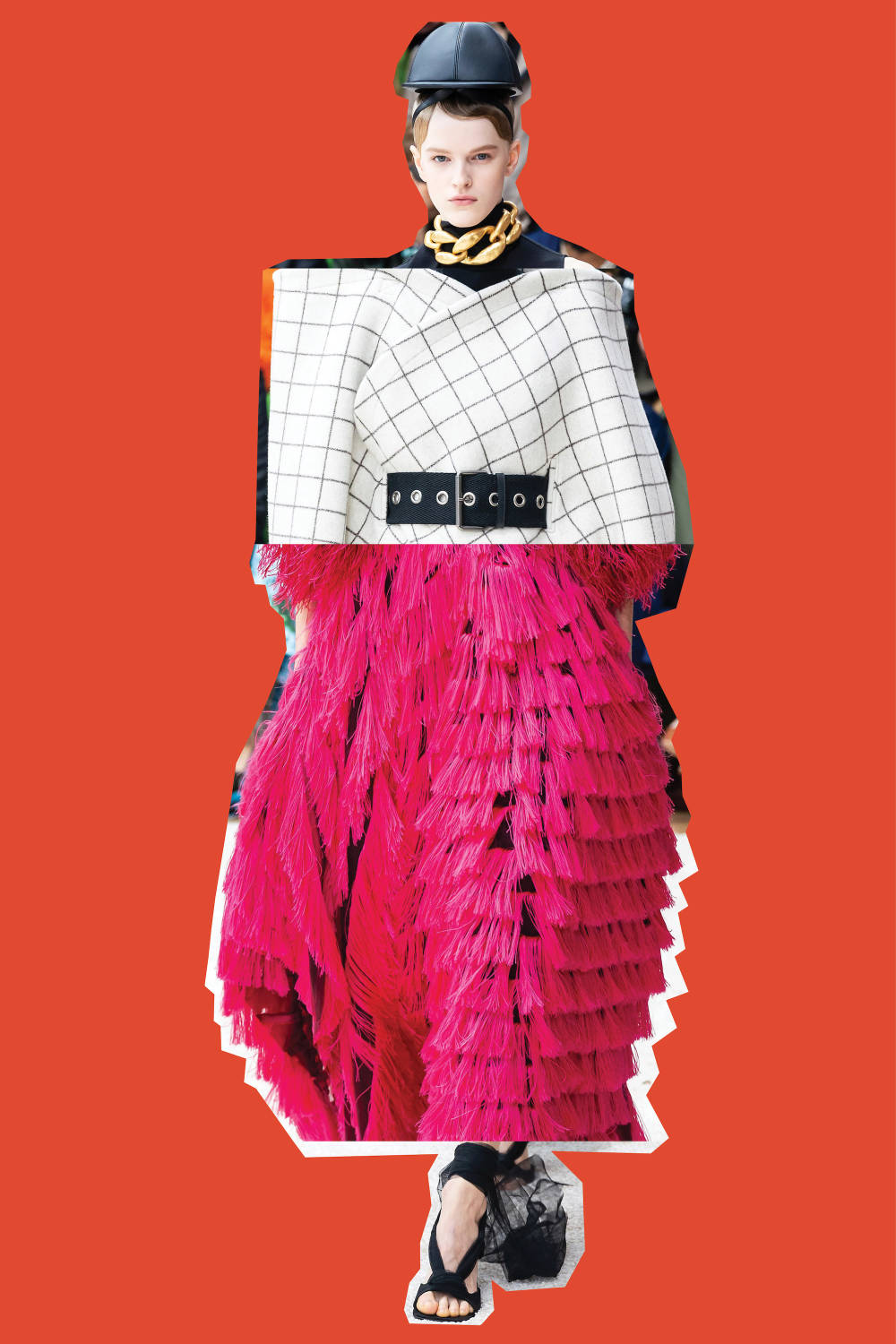
JW Anderson - Fall/Winter 2019
From Top: Look 29, Look 4, Look 8, Look 15
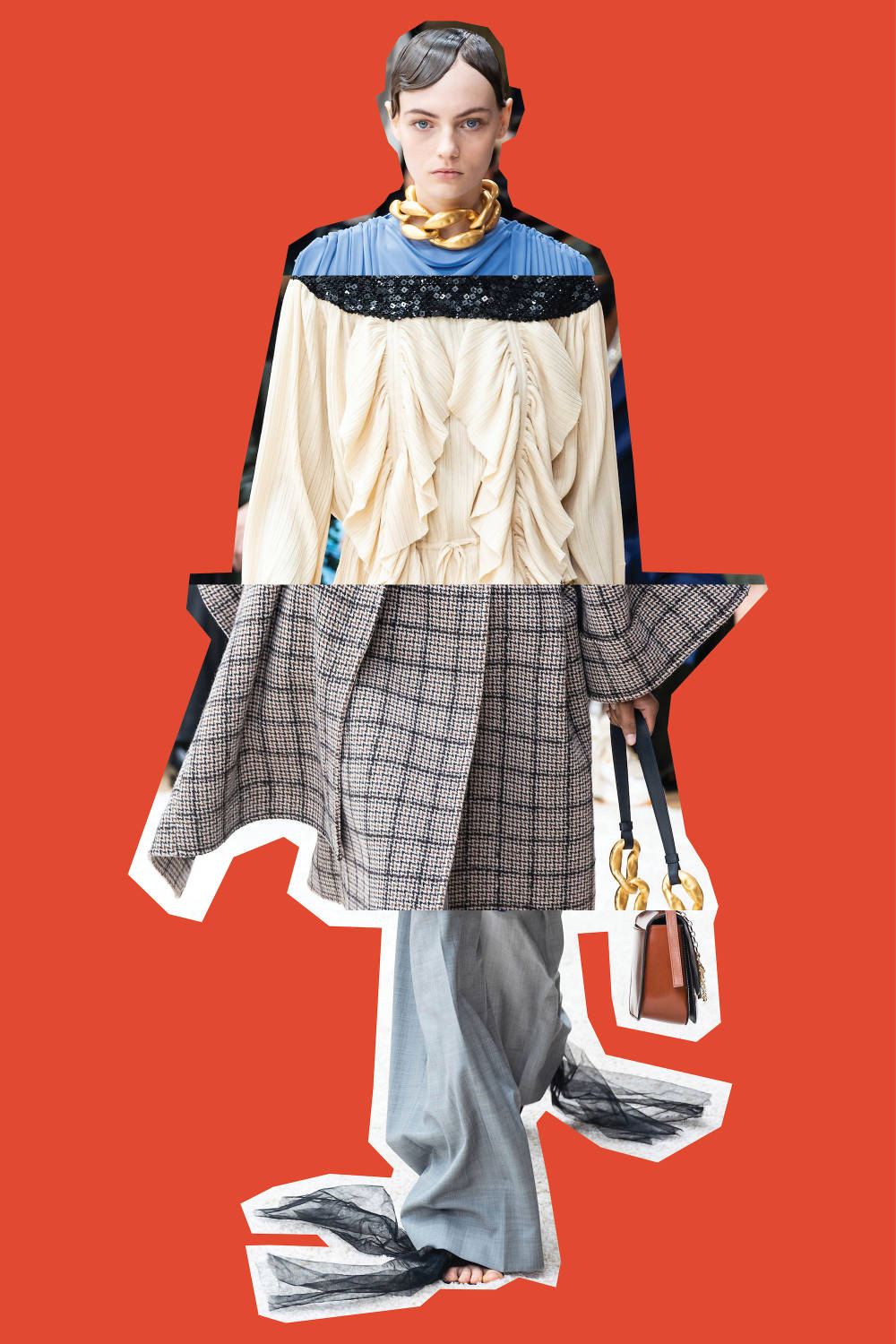
JW Anderson - Fall/Winter 2019
From Top: Look 16, Look 32, Look 6, Look 20
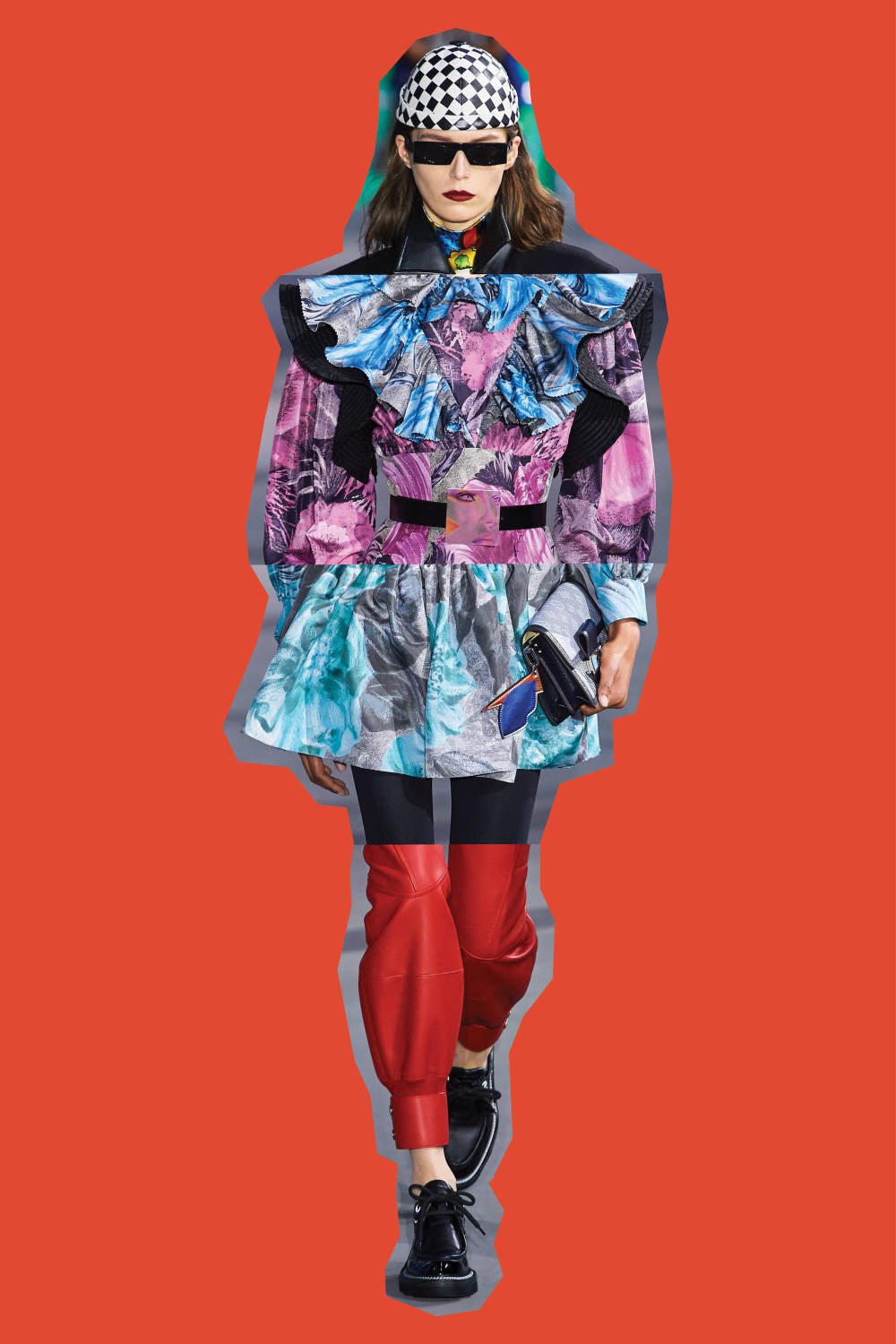
Louis Vuitton - Fall/Winter 2019
From Top: Look 11, Look 6, Look 8, Look 3
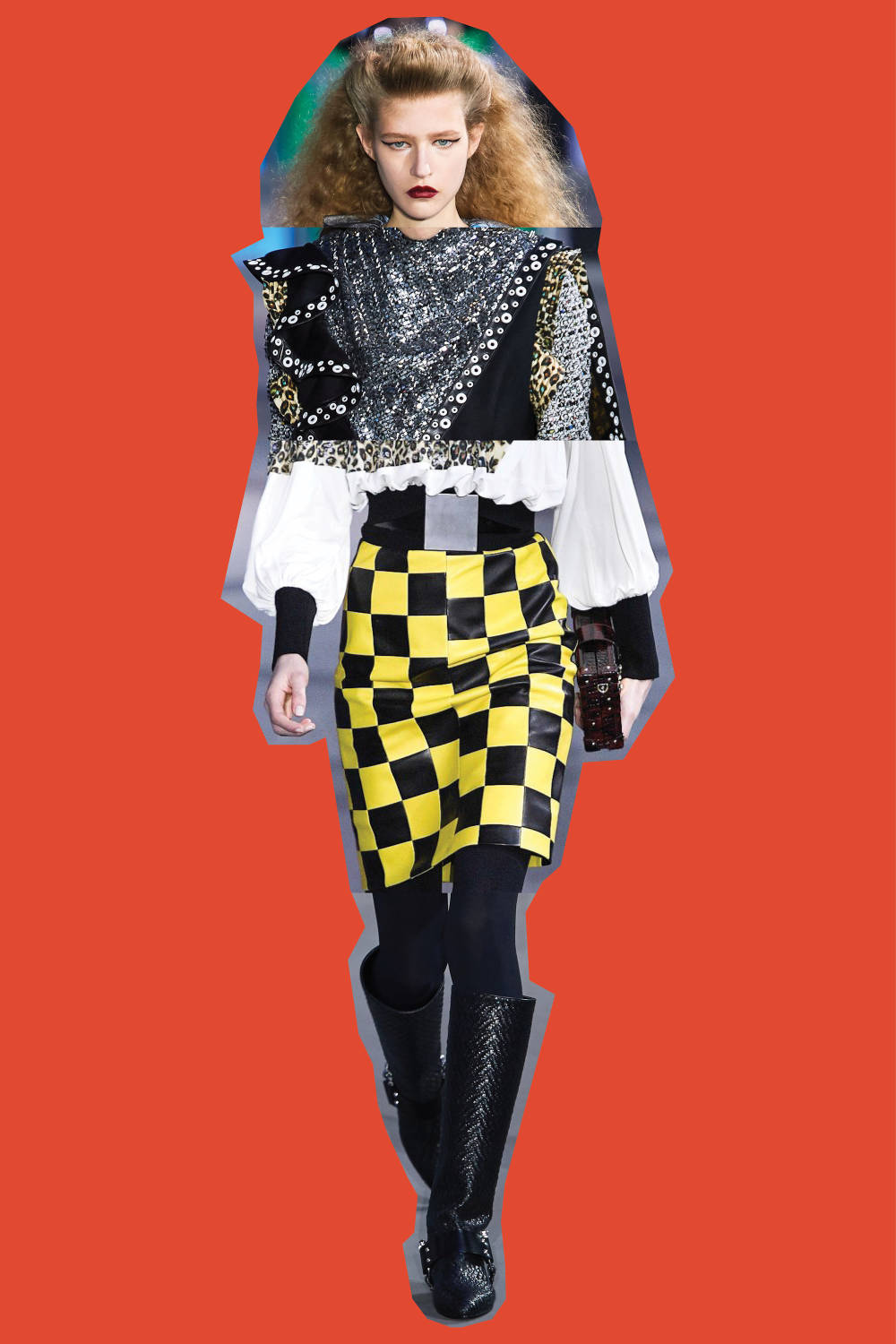
Louis Vuitton - Fall/Winter 2019
From Top: Look 6, Look 1, Look 18, Look 31
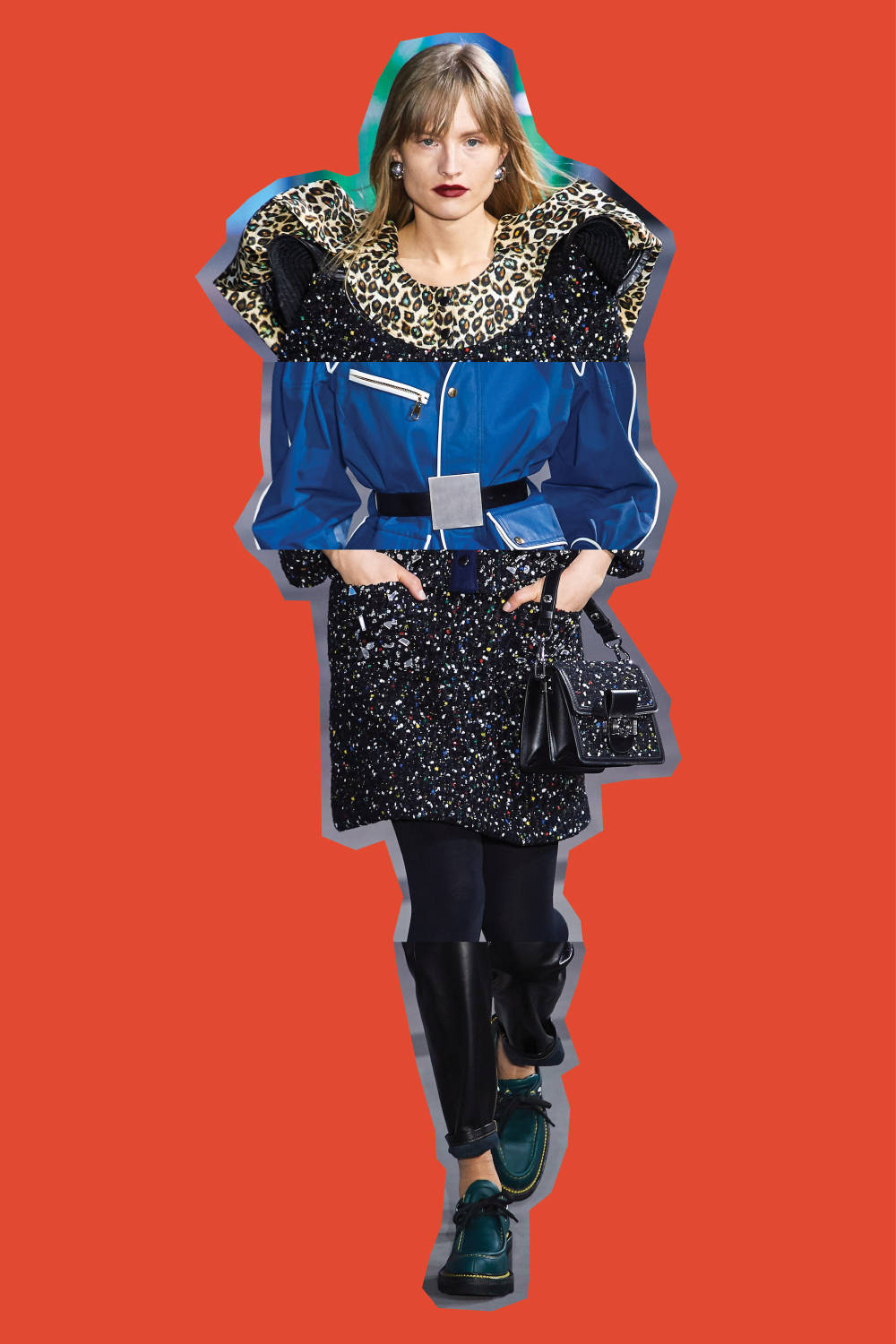
Louis Vuitton - Fall/Winter 2019
From Top: Look 2, Look 32, Look 13, Look 29
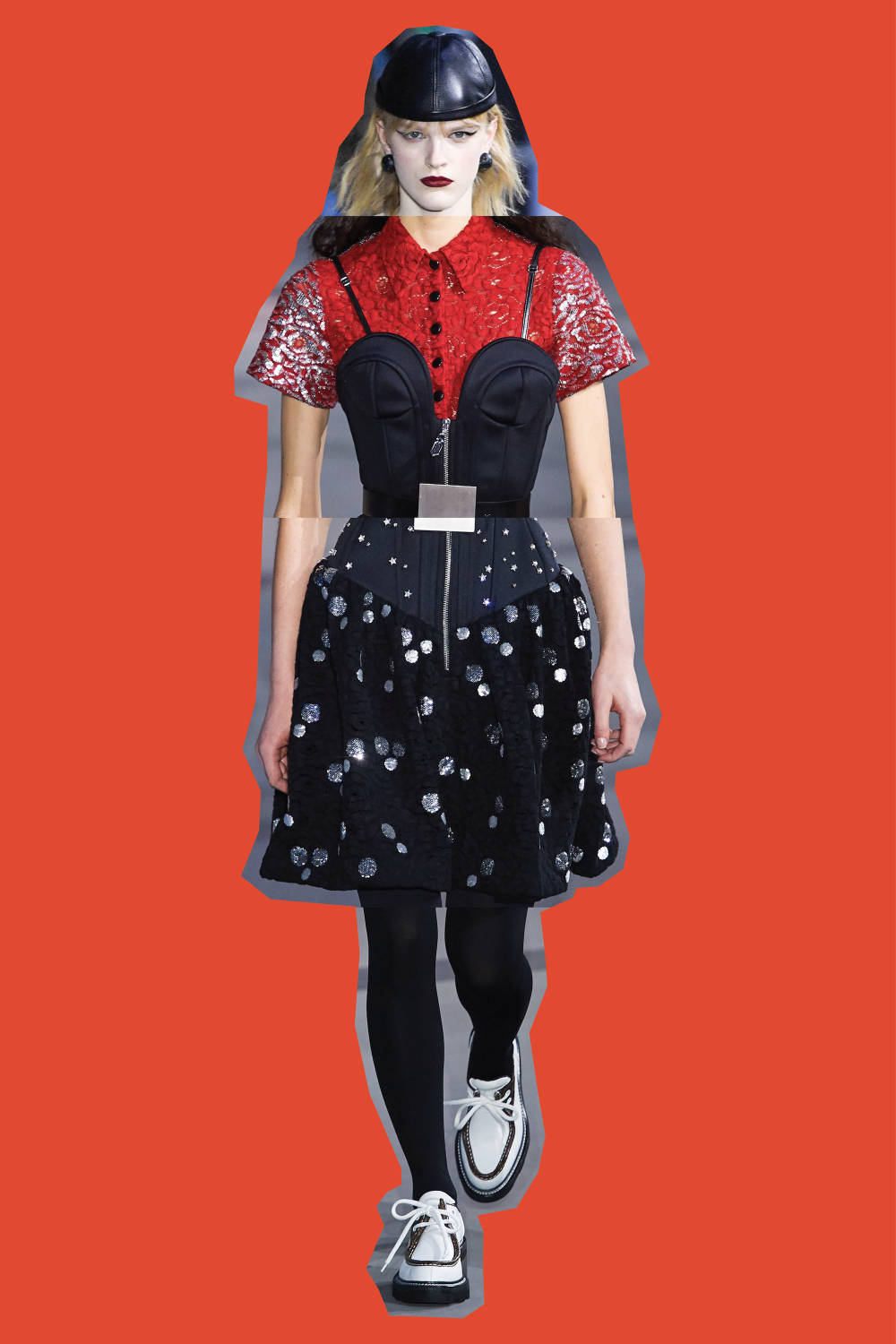
Louis Vuitton - Fall/Winter 2019
From Top: Look 27, Look 53, Look 55, Look 14
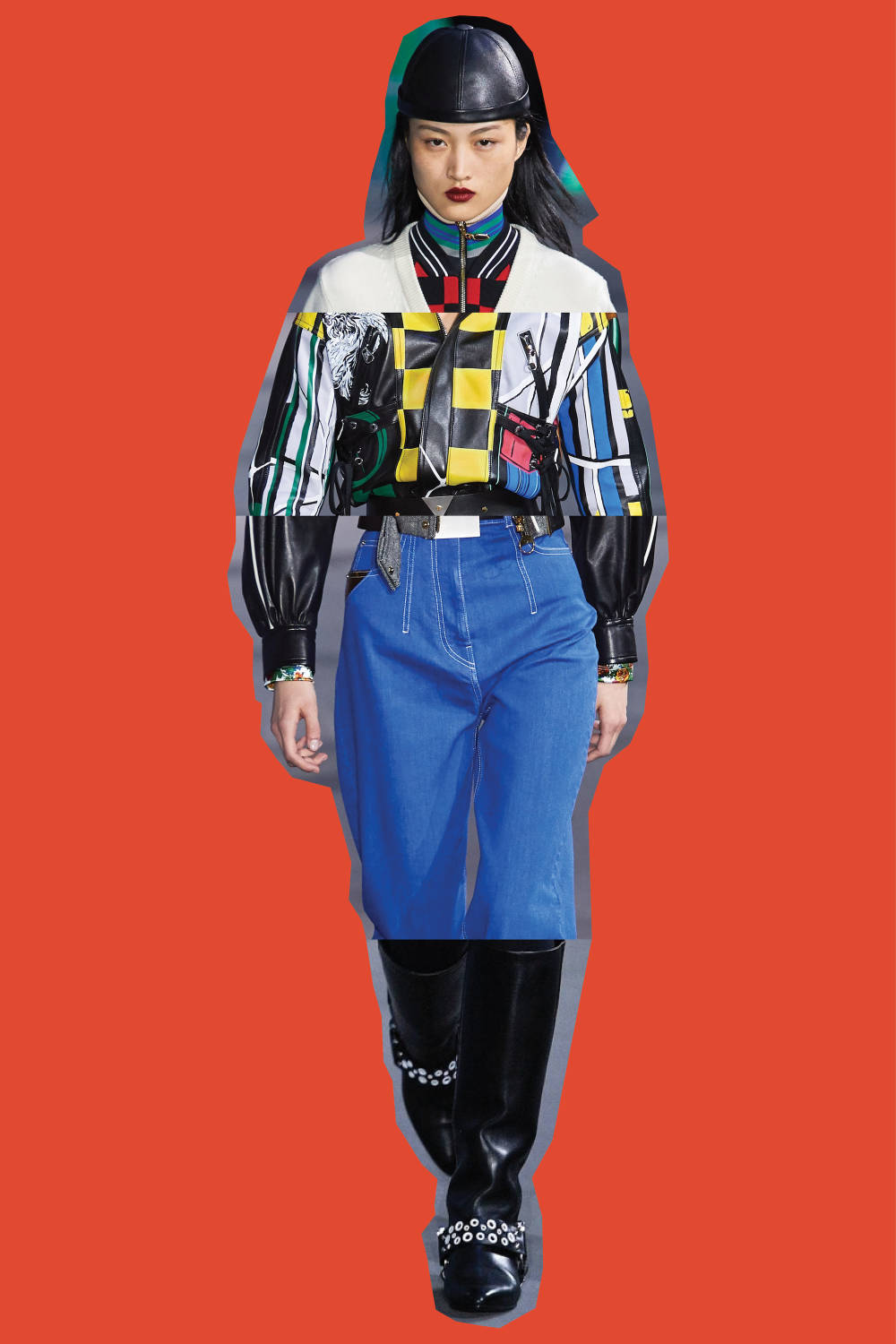
Louis Vuitton - Fall/Winter 2019
From Top: Look 10, Look 46, Look 30, Look 22
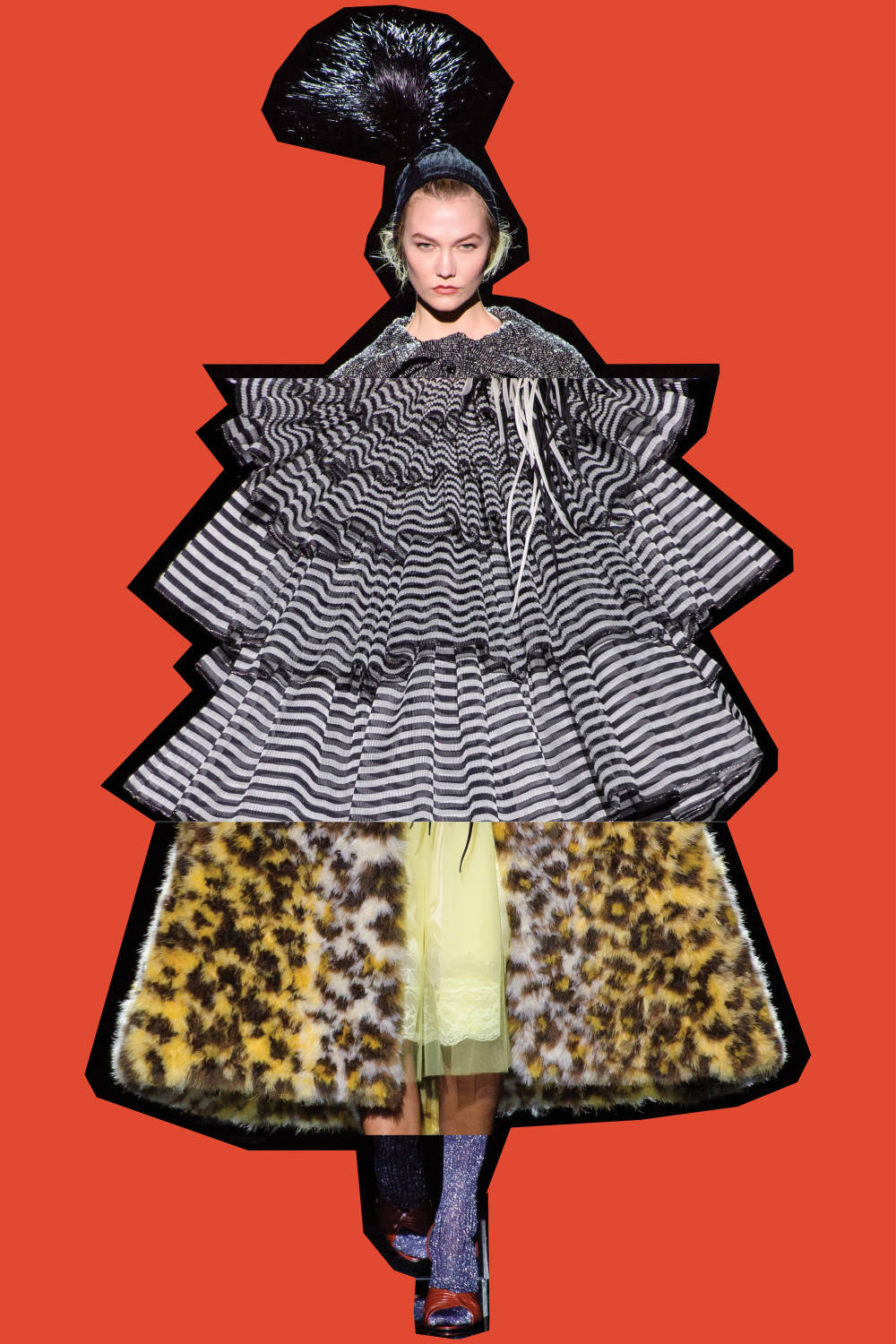
Marc Jacobs - Fall/Winter 2019
From Top: Look 1, Look 34, Look 17, Look 5
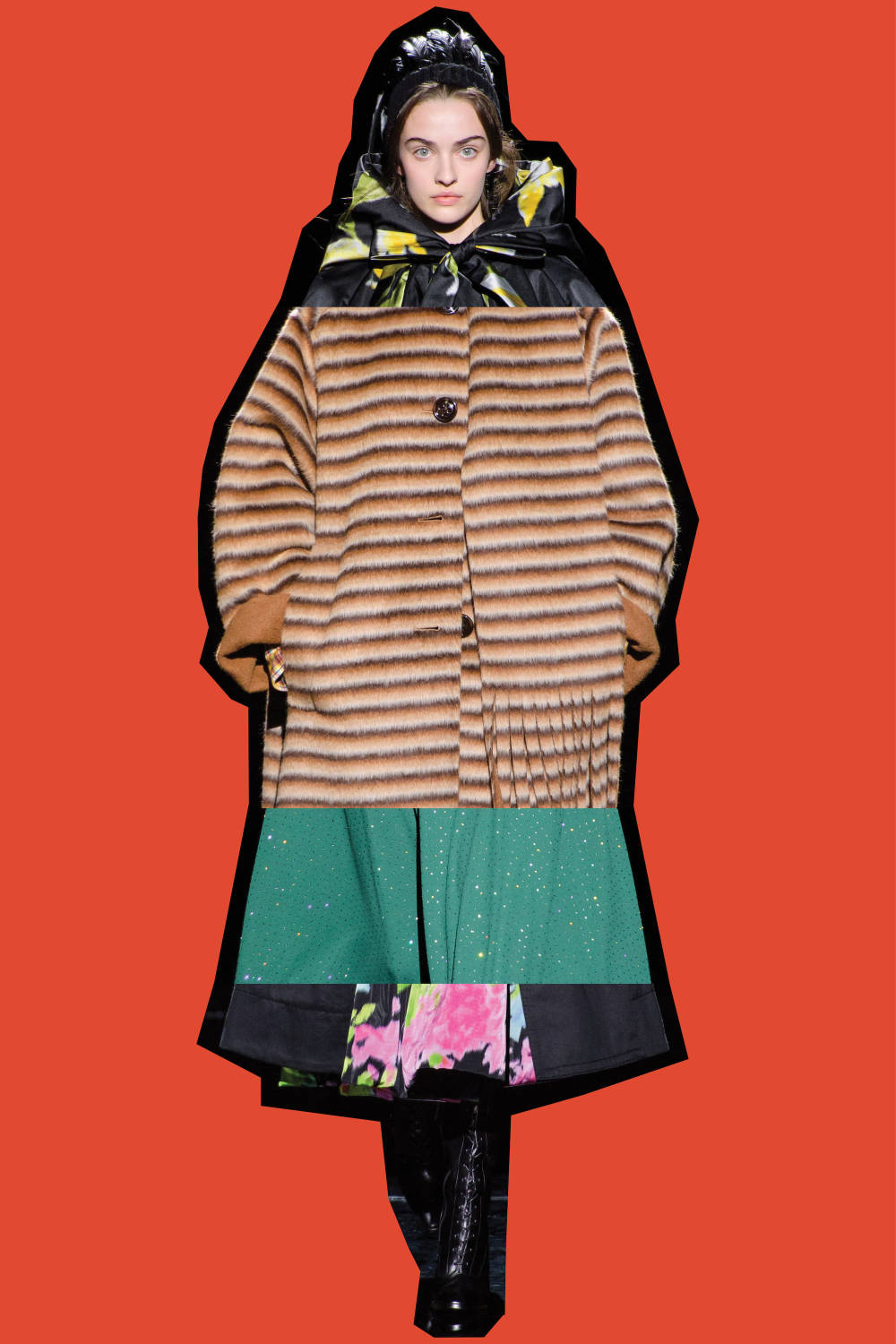
Marc Jacobs - Fall/Winter 2019
From Top: Look 20, Look 2, Look 10, Look 11
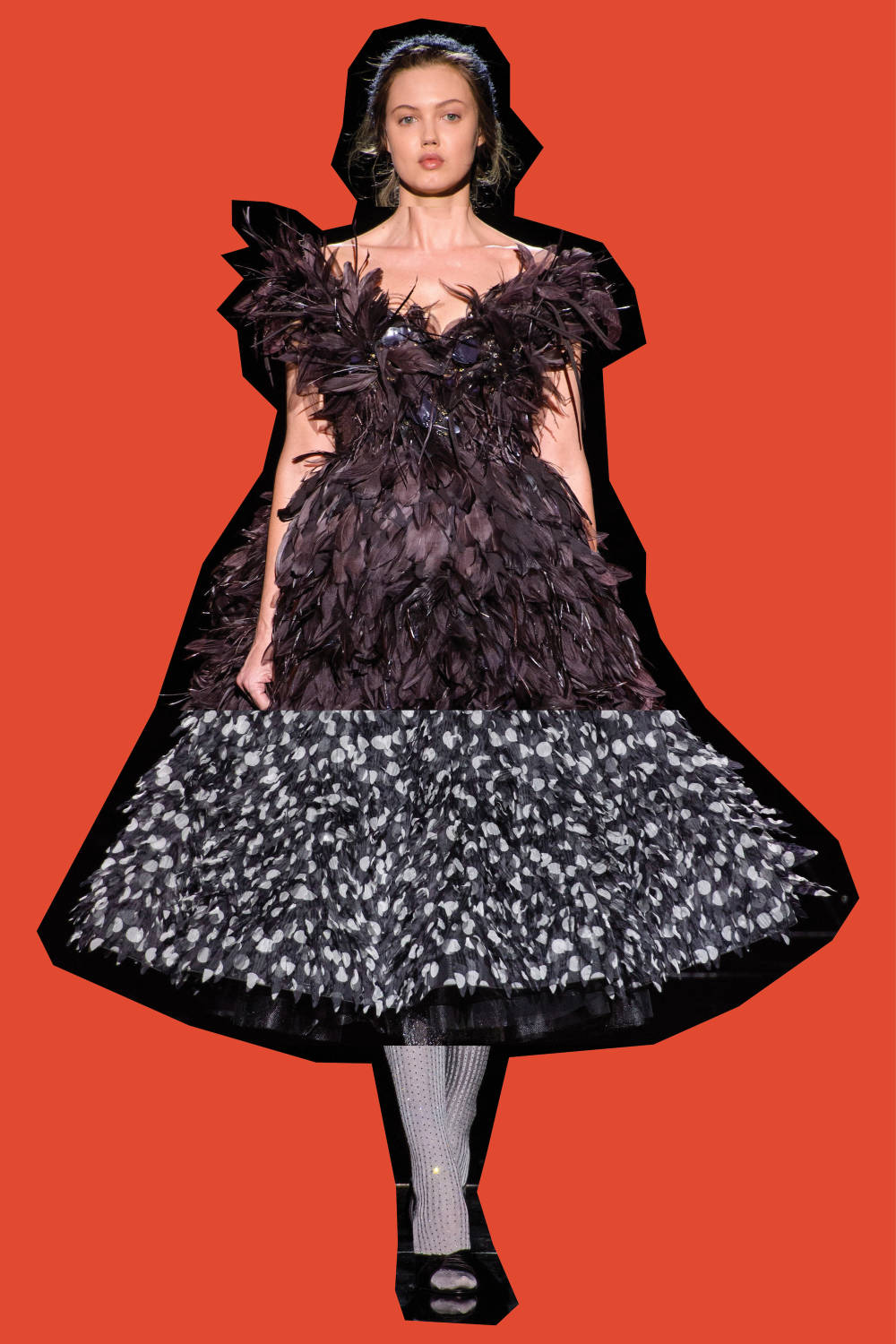
Marc Jacobs - Fall/Winter 2019
From Top: Look 29, Look 40, Look 32, Look 34
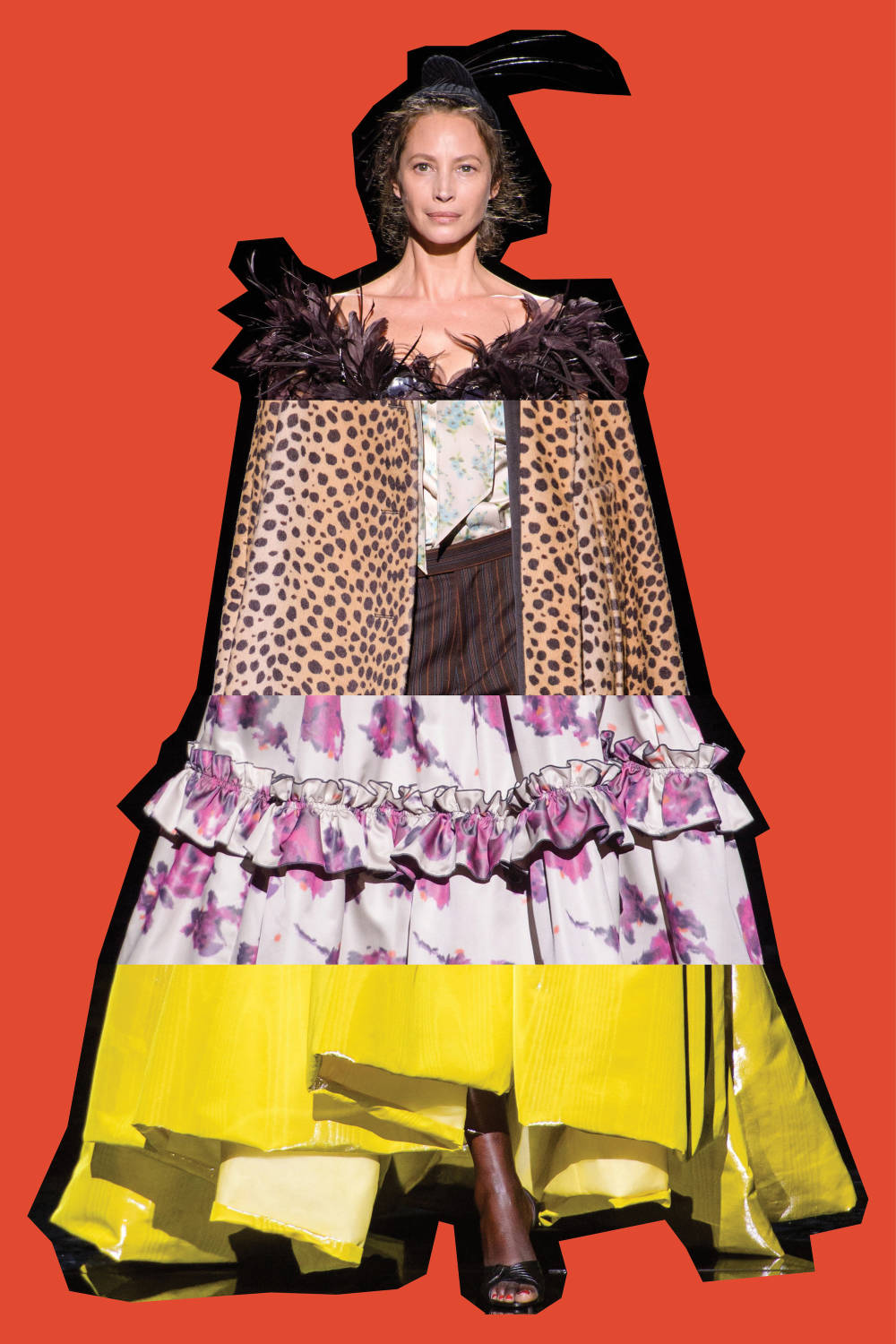
Marc Jacobs - Fall/Winter 2019
From Top: Look 40, Look 1, Look 38, Look 19
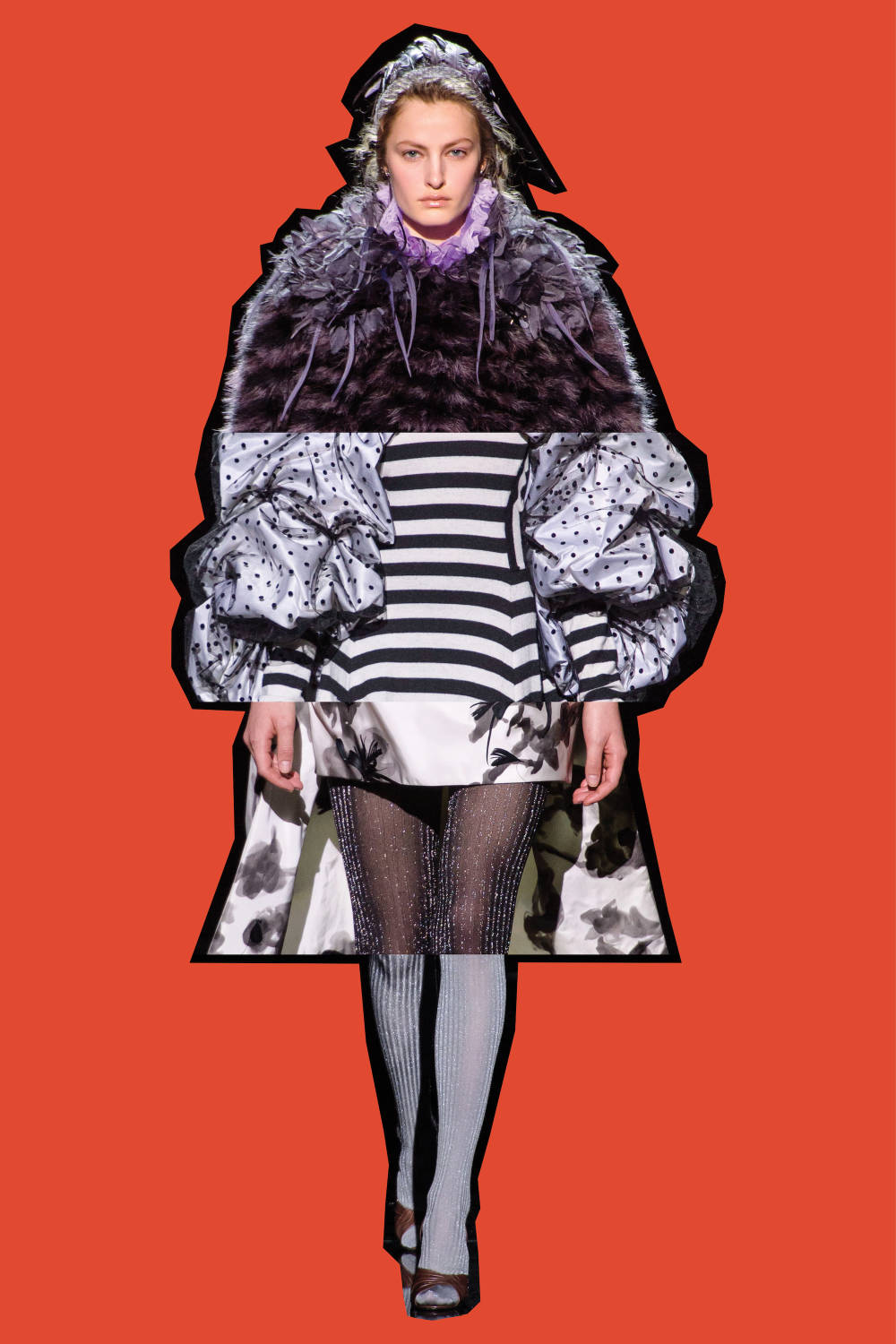
Marc Jacobs - Fall/Winter 2019
From Top: Look 39, Look 35, Look 33, Look 26
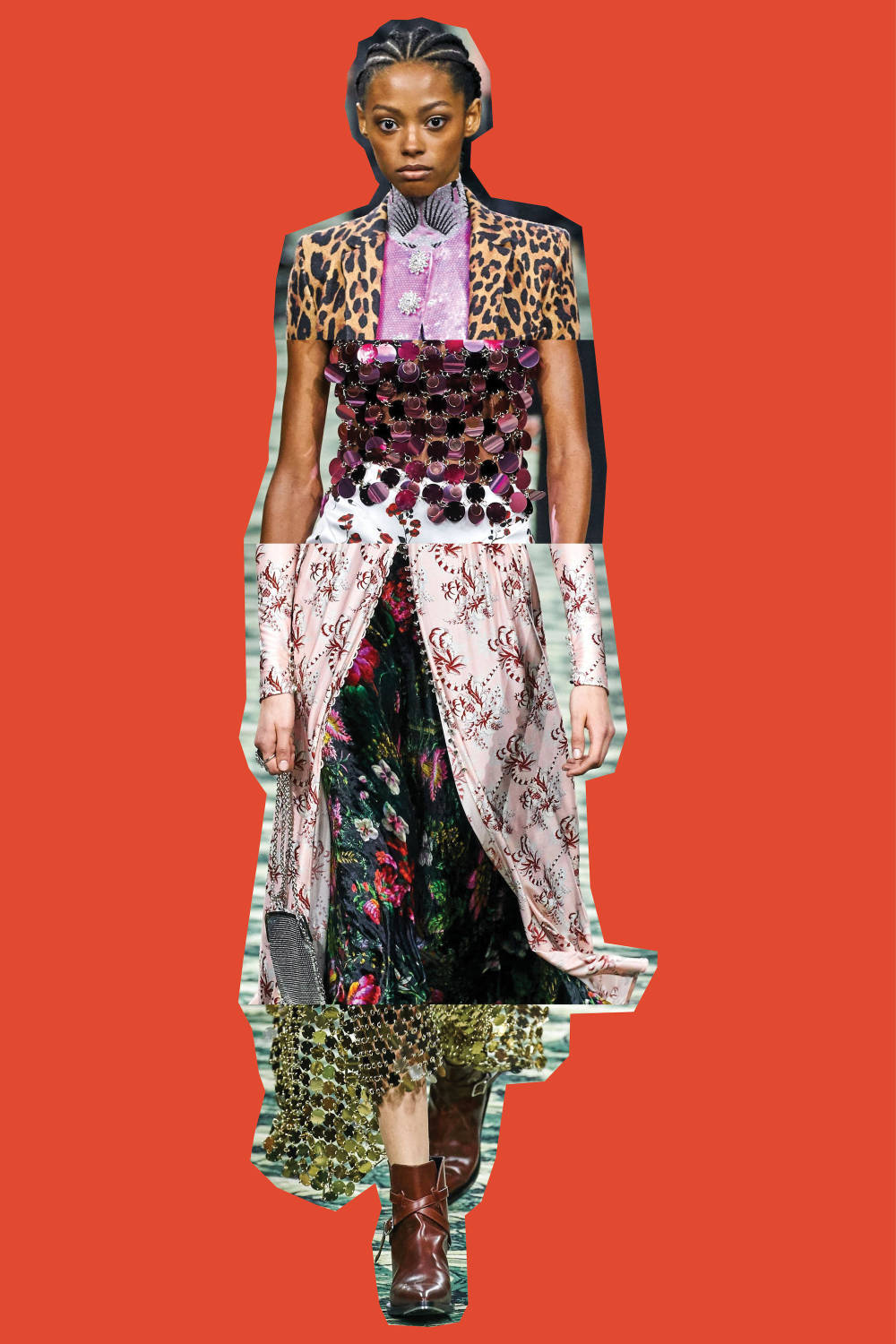
Paco Rabanne - Fall/Winter 2019
From Top: Look 12, Look 25, Look 1, Look 11
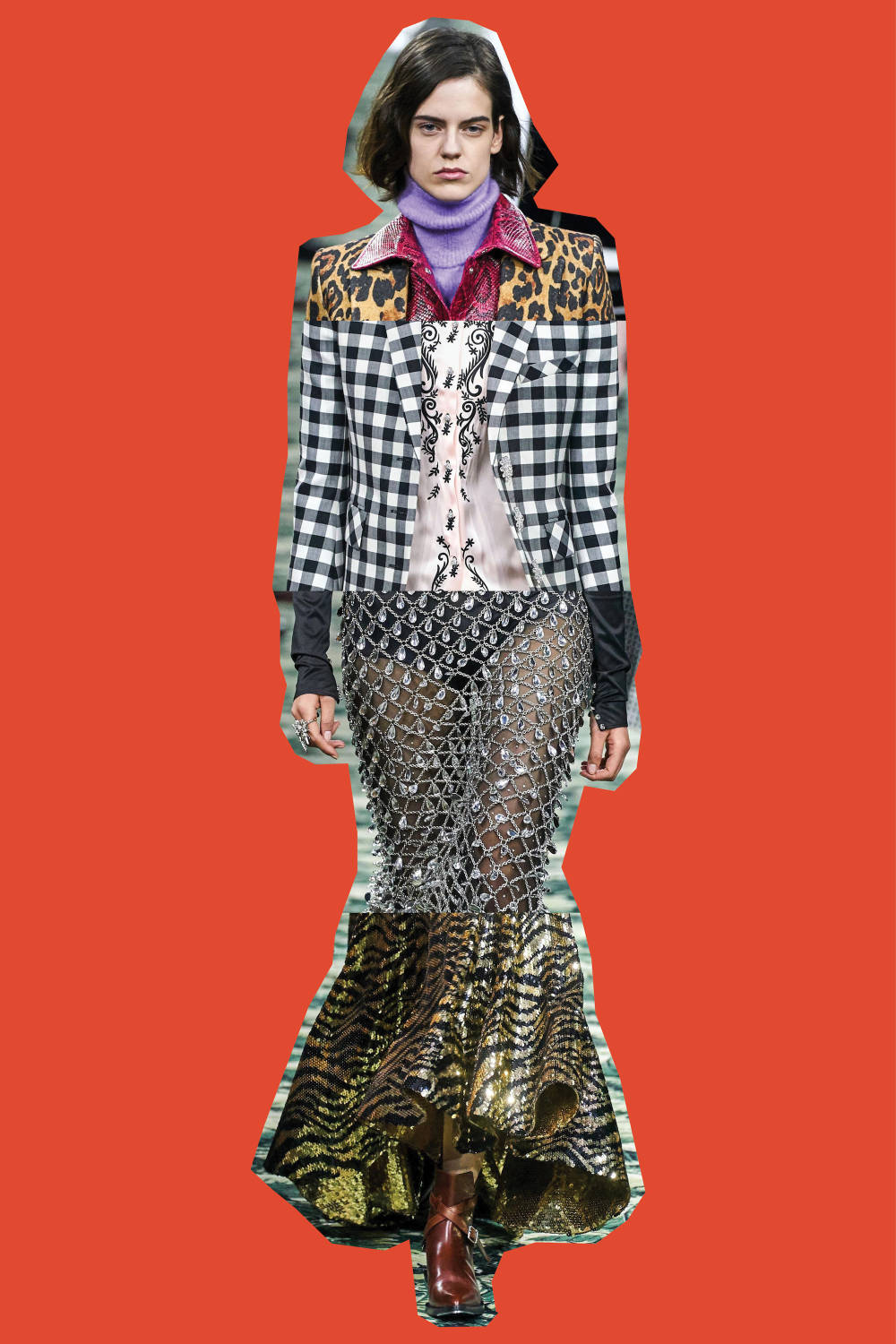
Paco Rabanne - Fall/Winter 2019
From Top: Look 19, Look 4, Look 6, Look 14
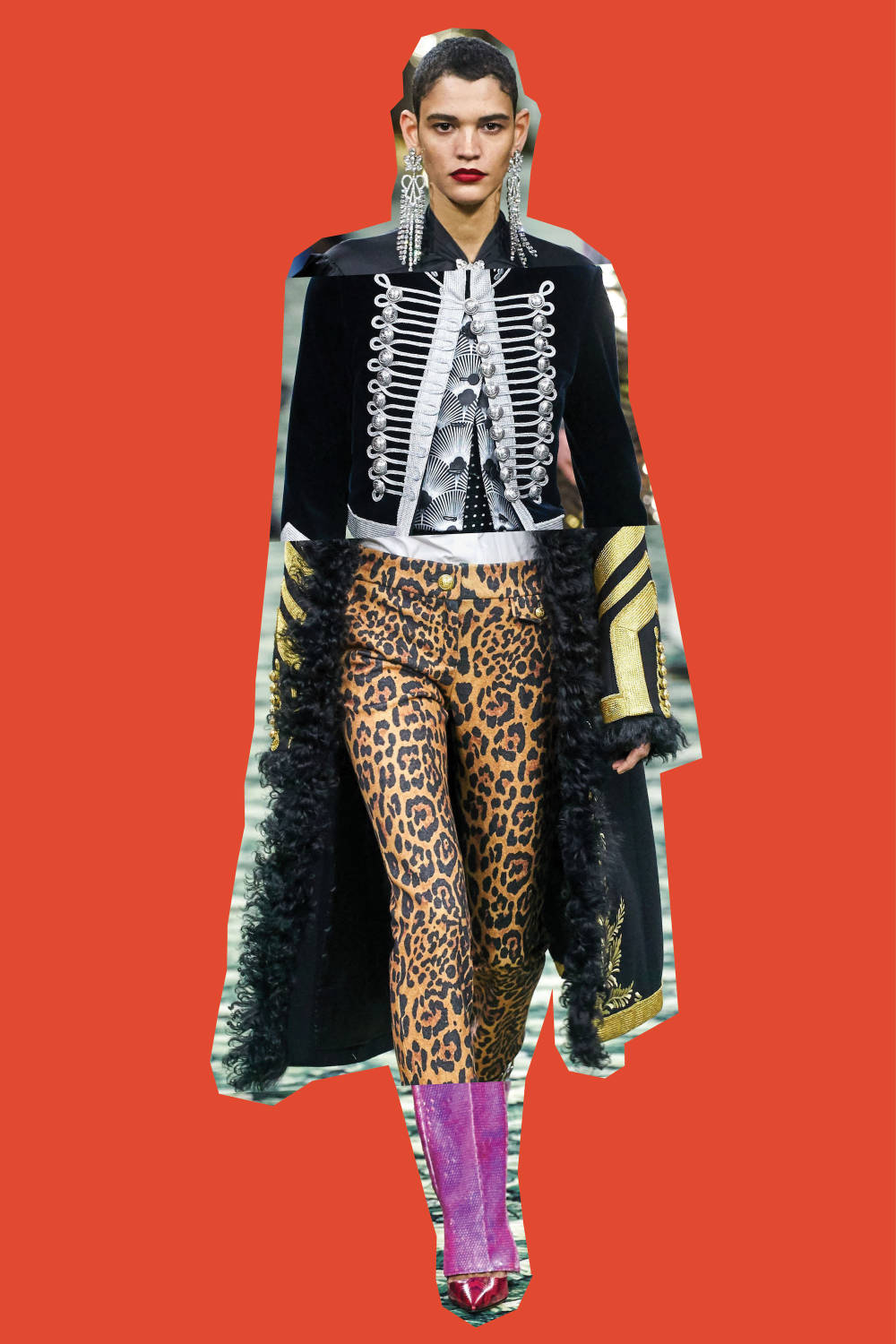
Paco Rabanne - Fall/Winter 2019
From Top: Look 13, Look 17, Look 8, Look 4
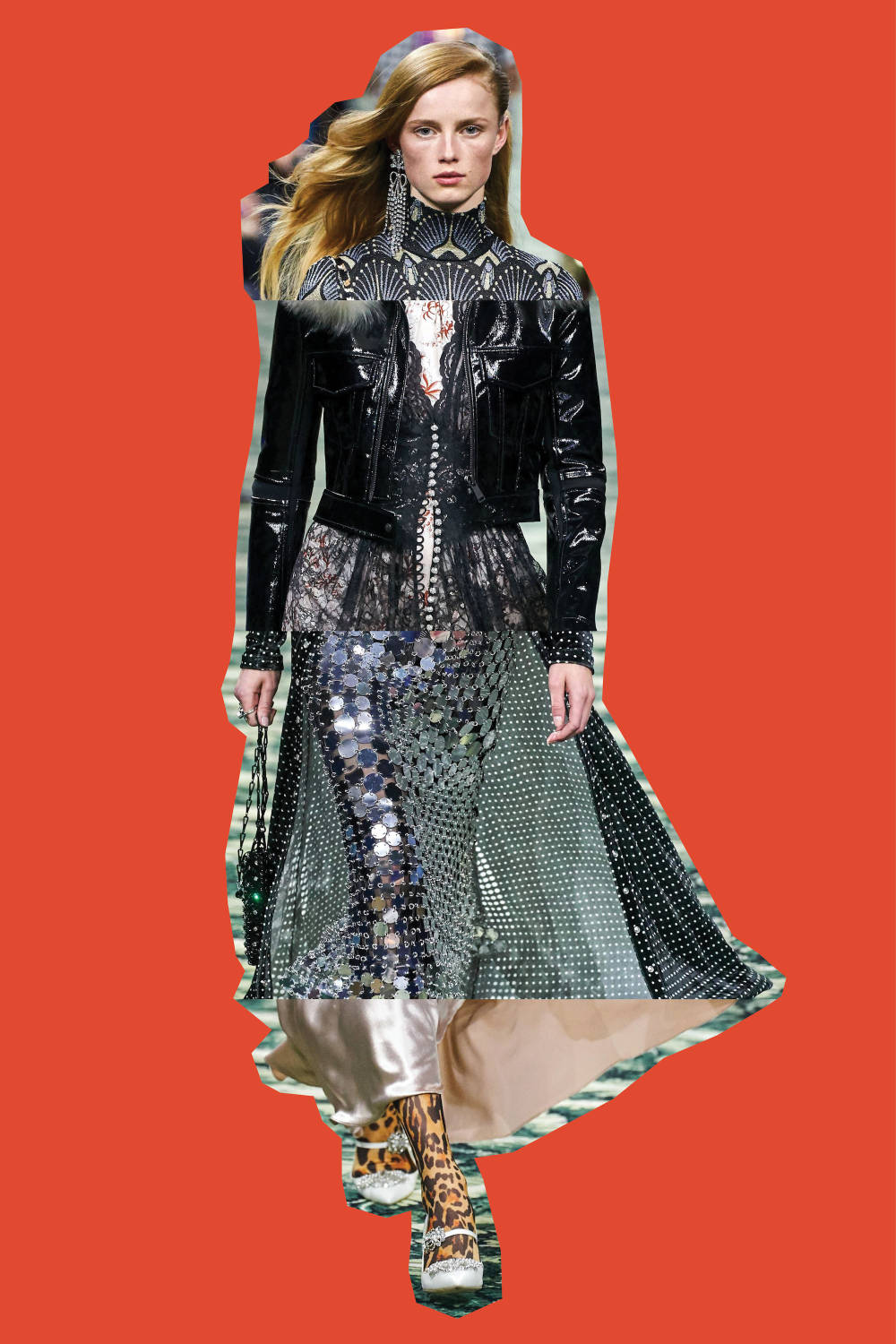
Paco Rabanne - Fall/Winter 2019
From Top: Look 14, Look 27, Look 31, Look 10
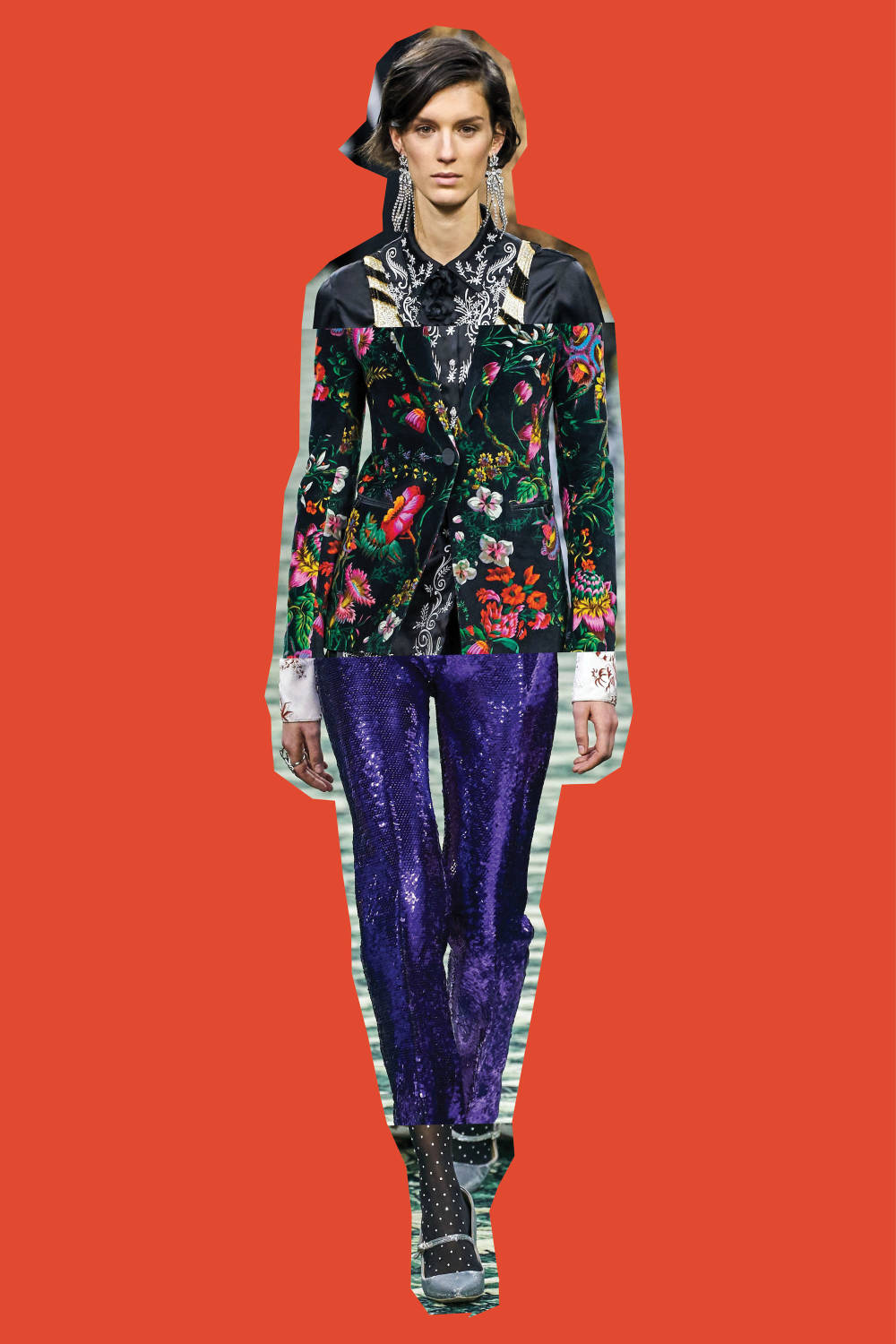
Paco Rabanne - Fall/Winter 2019
From Top: Look 22, Look 29, Look 2, Look 25
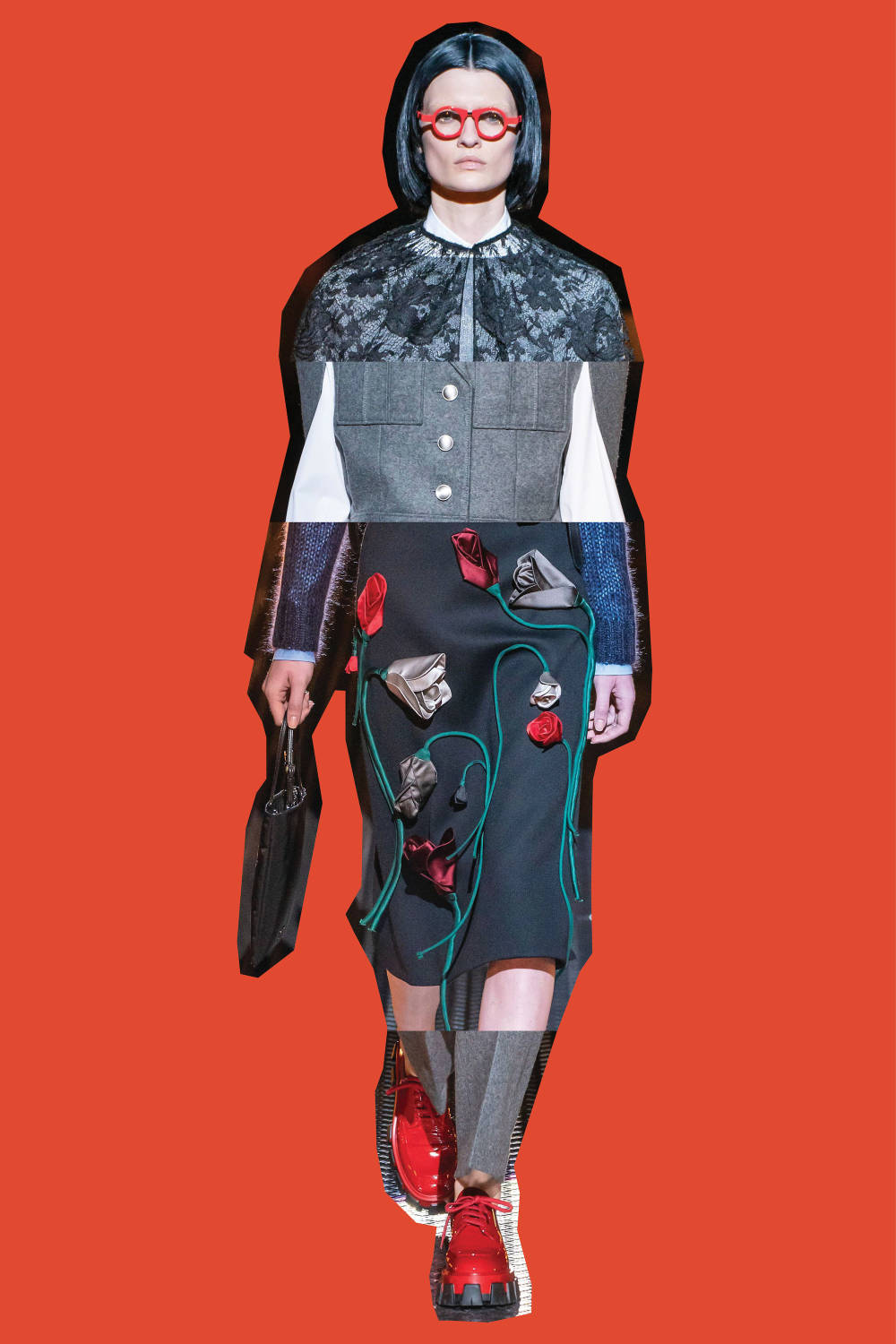
Prada - Fall/Winter 2019
From Top: Look 38, Look 13, Look 50, Look 12
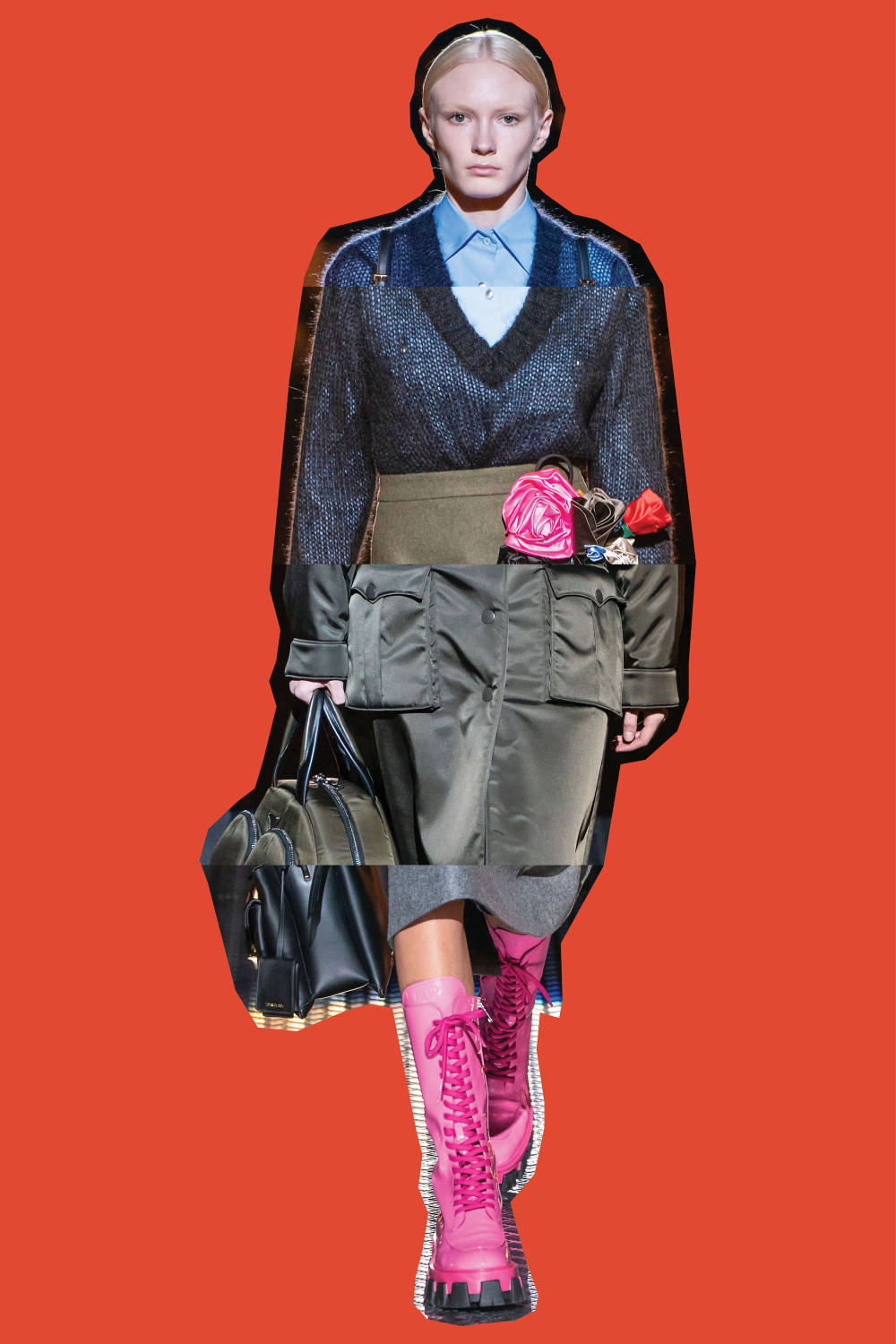
Prada - Fall/Winter 2019
From Top: Look 50, Look 16, Look 24, Look 13
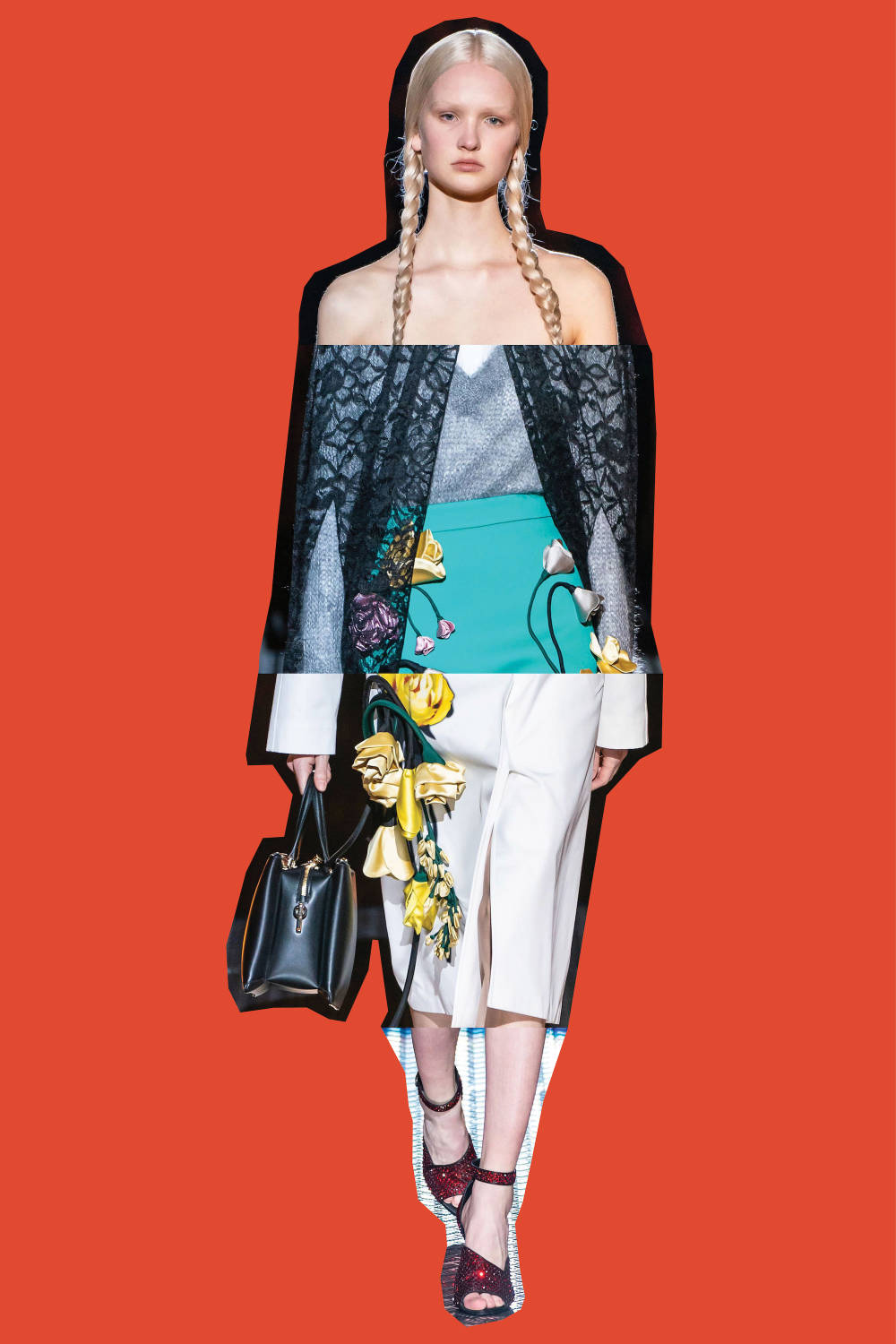
Prada - Fall/Winter 2019
From Top: Look 1, Look 49, Look 8, Look 39
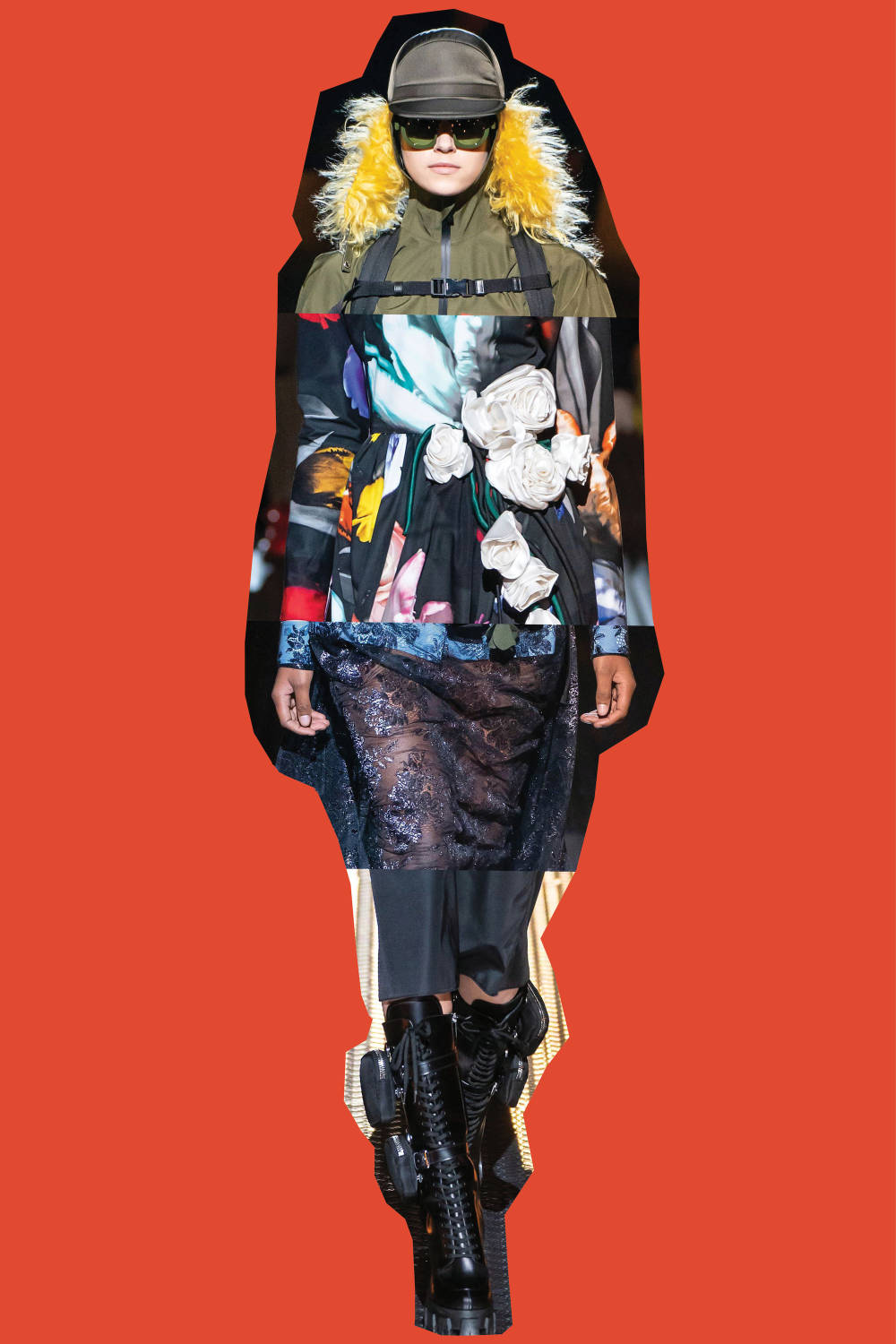
Prada - Fall/Winter 2019
From Top: Look 31, Look 11, Look 47, Look 28
